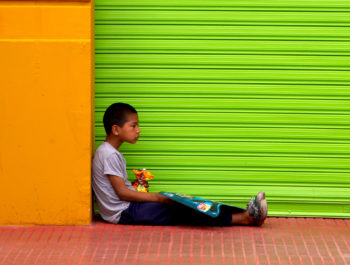Abandoned: Jefferson Proving Grounds
Kevin Raber and Al Da Valle Go Photographing For A Day
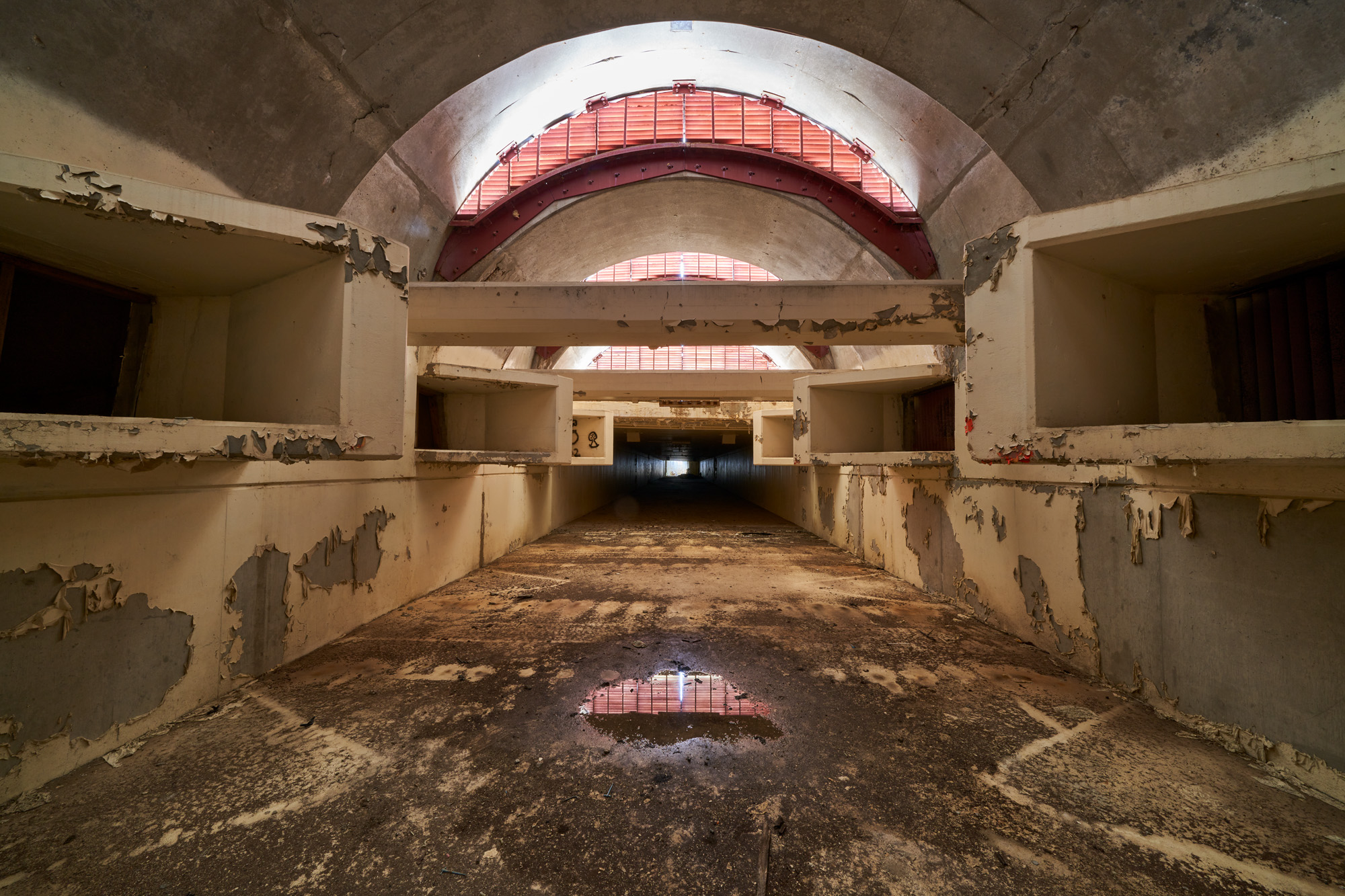
Over the years, I have met countless photographers while conducting workshops and through my websites. I have always encouraged anyone if they are in Indianapolis to give me a call so we can get together and grab a coffee, beer or whatever. Come and visit the studio and gallery and let’s talk photography.
Last week that’s what happened, sort of. Al DeValle, who is a PXL reader and past workshop attendee, dropped me a line and wanted to meet at the studio. Unfortunately that day I was already committed. During our conversation, he shared his experience of visiting a famous oak tree in southern Indiana the day before. (See Al’s story below.)
That sounded interesting, especially when he told me about the abandoned Army base this tree was on. He offered to extend his visit to Indianapolis if we could both go and photograph this location together.

I am always up for a day of photography so I said yes. The next day we met up and drove the two-plus hours to this location. Upon arrival, we found the big oak tree, posed majestically behind 10 feet of chain-link fence with two rows of barb wire. Making it more interesting was a big sign warning that on the other side of the fence was an area littered with unexploded ordnance from the Jefferson Proving Grounds. This made getting the photo of the tree a pretty big challenge.
Both Al and I are fully vaccinated so it was safe to travel together and be in close proximity. Along the drive down we had our eyes out for anything to photograph. We did come across a Mail Pouch barn.
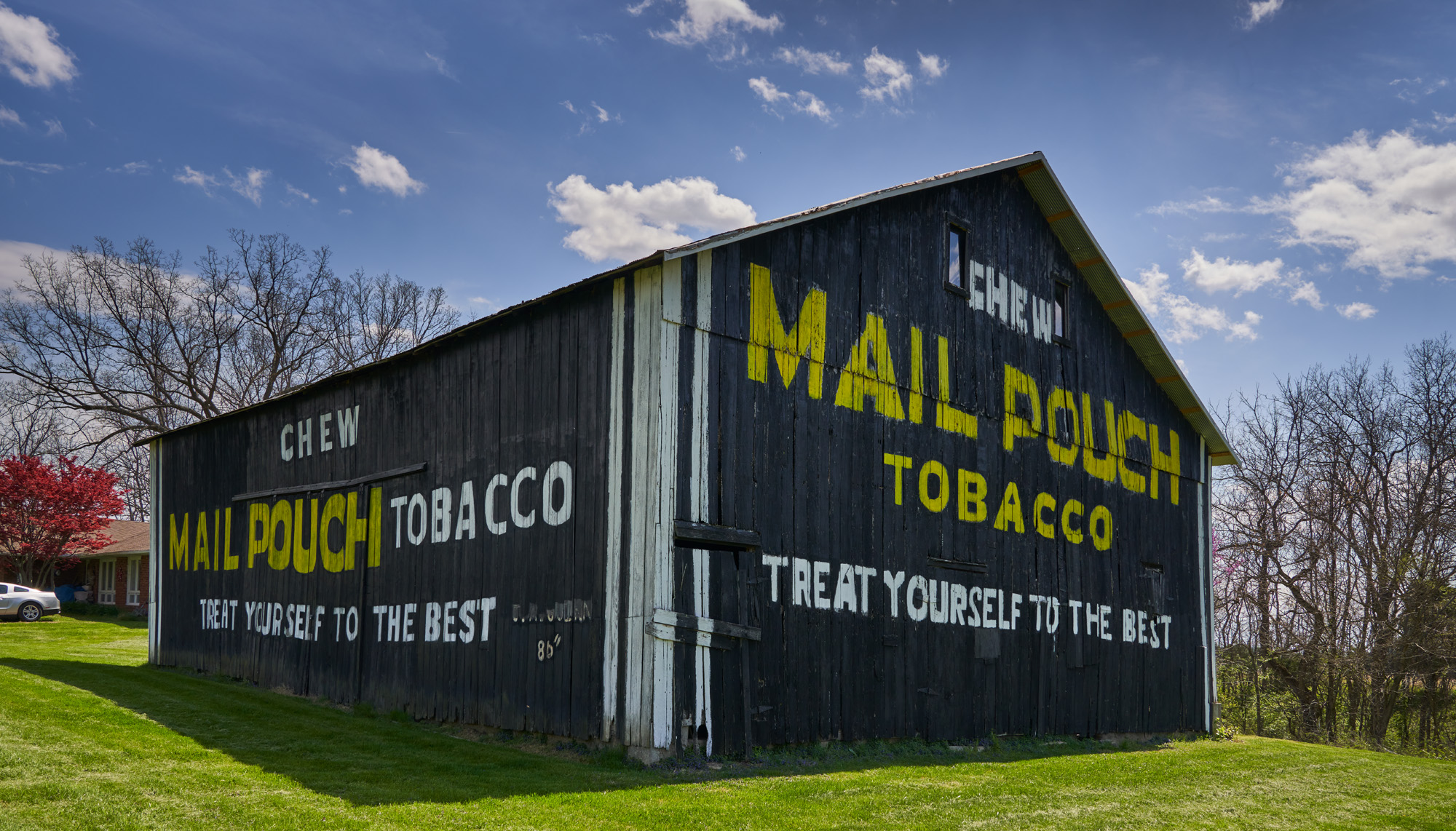
We were photographing the barn when the owners came home. A woman approached us and was really friendly and shared with us the history of the barn. Over a hundred years ago the barn was taken apart and moved from another county to its present location and meticulously cared for by the third generation of the family. It made for some nice images with a perfect sky.
As some of you may know, I am big on looking for the picture within the picture. So, after photographing the barn, we moved in close to look for tighter images. I focused on textures, color, and subject.
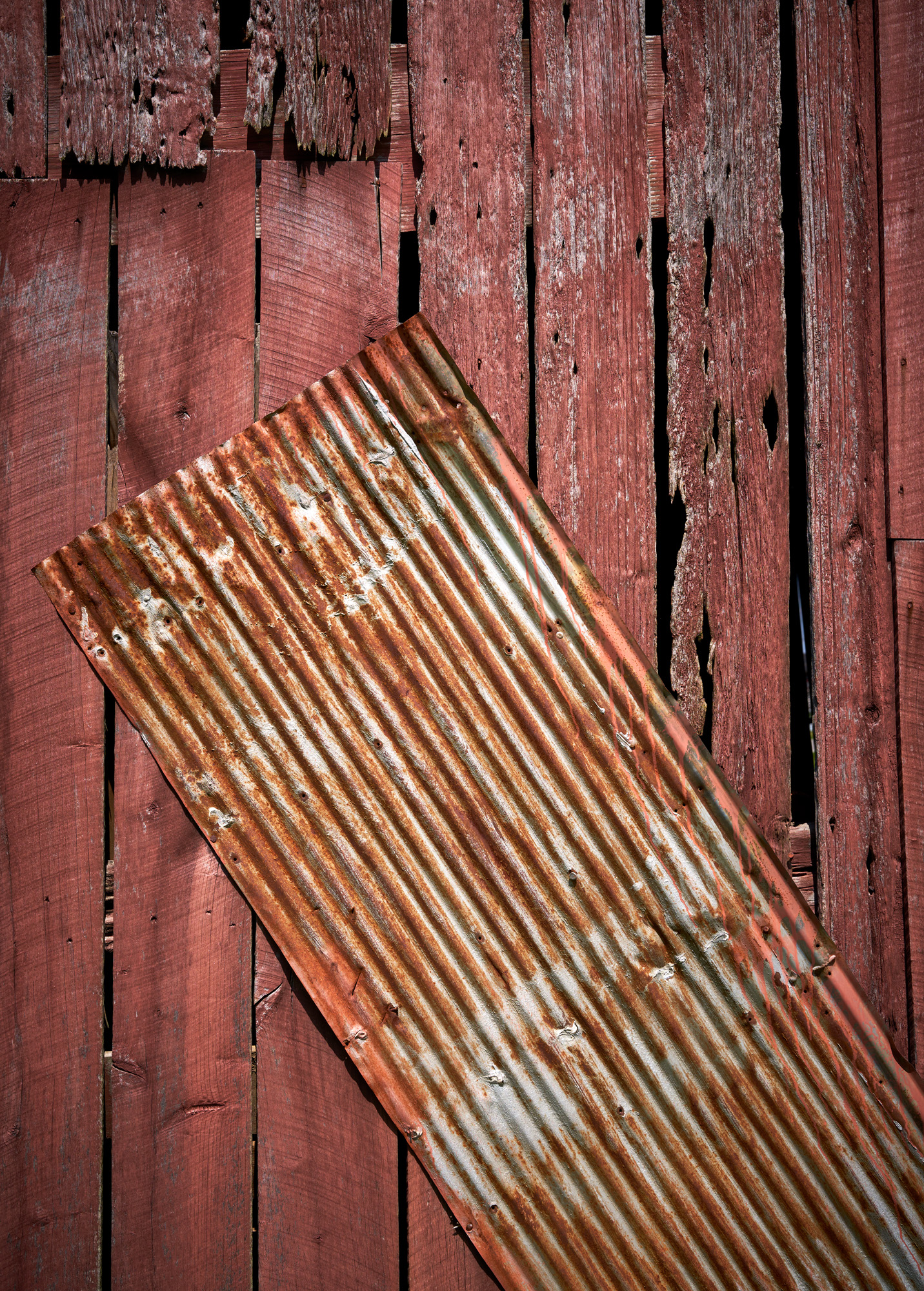
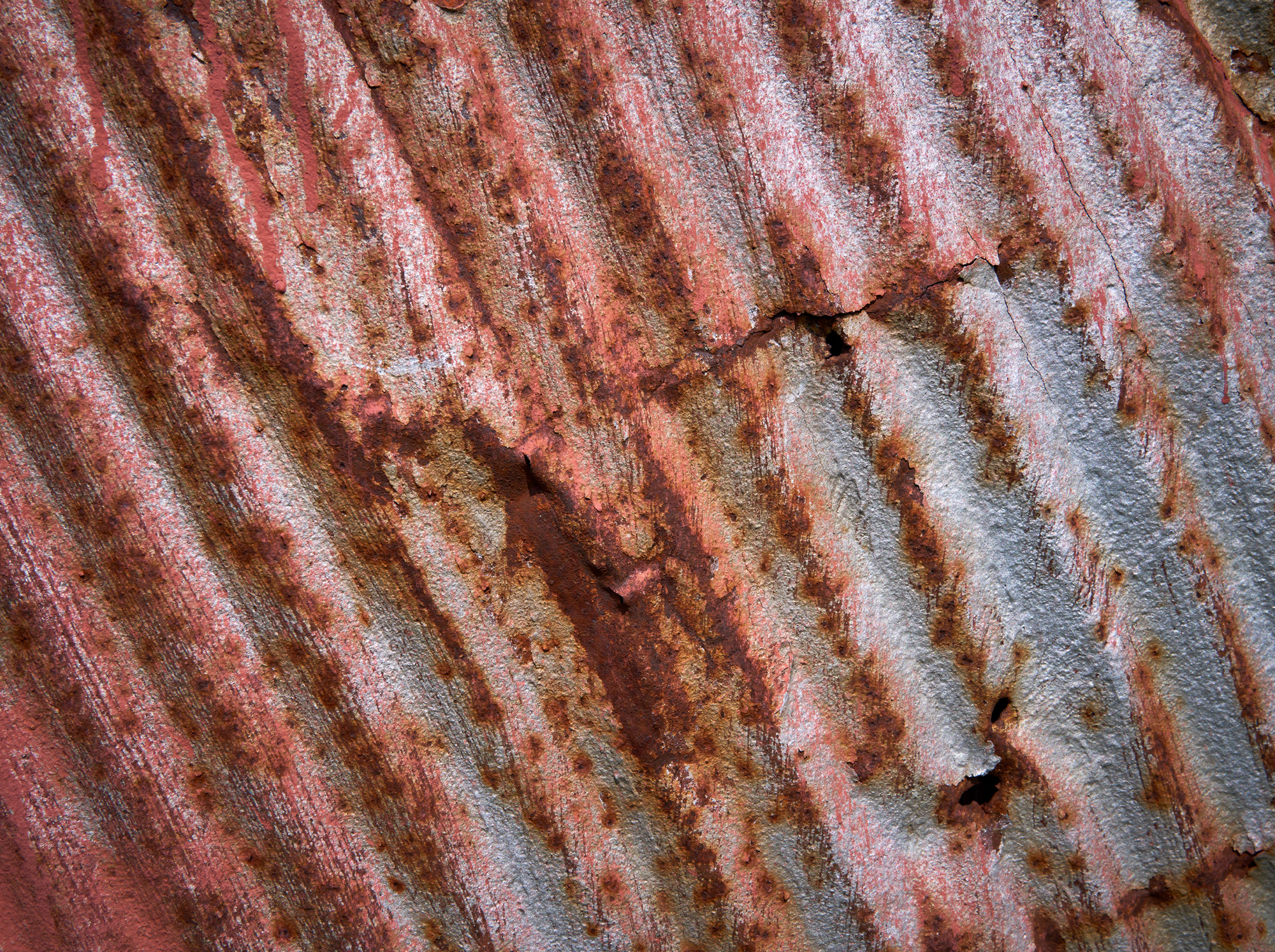
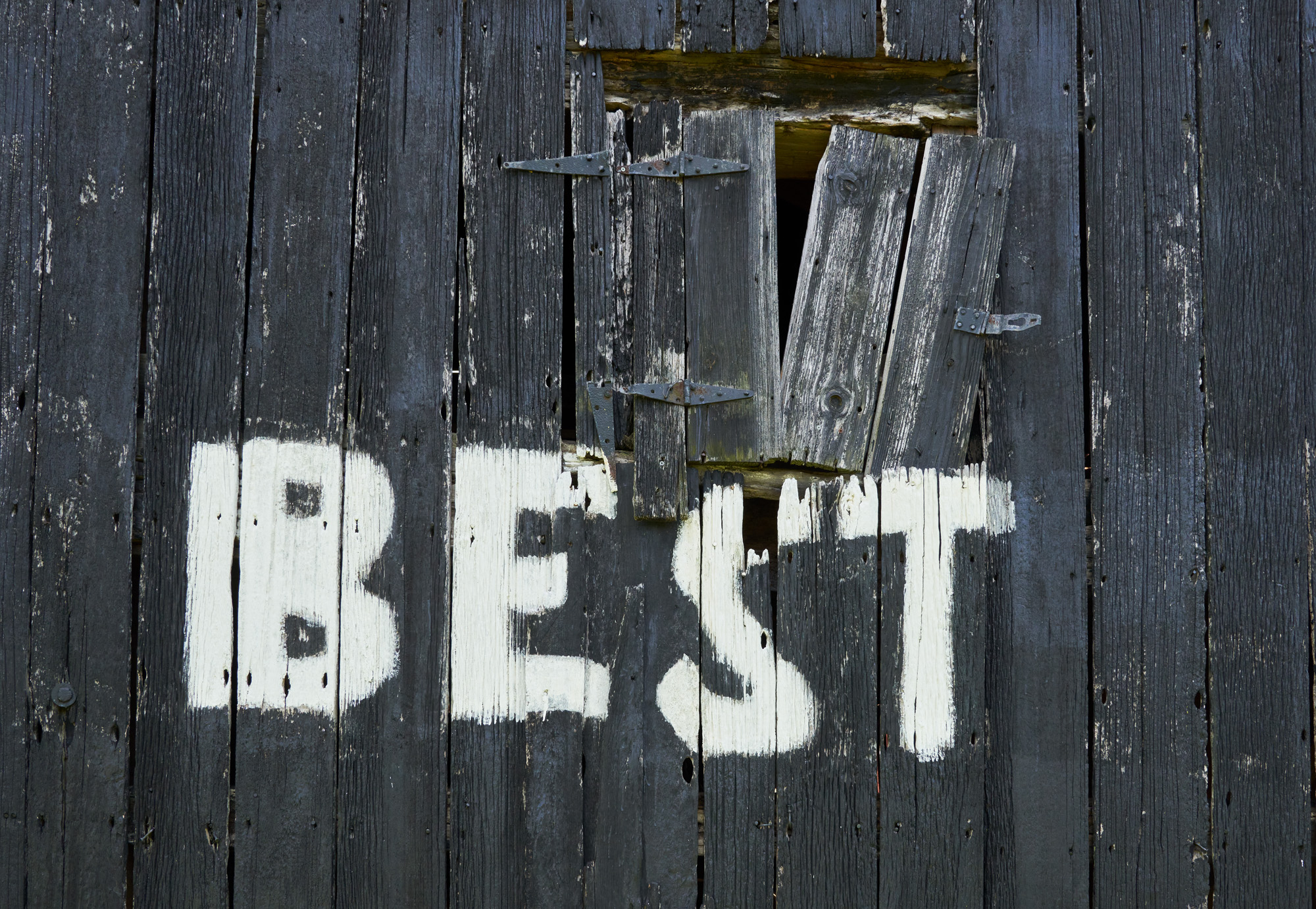

The barn made a nice little intermission and the drive itself was all back roads, so it was really fun. We soon arrived at the location of the oak tree. The tree was behind 10 feet of a barbed-wire fence. It made shooting this mammoth tree a challenge.
I shot everything in this article with a Sony a7r IV with a vertical grip and Really Right Stuff L-Bracket. I used my Colorado tripod for all the images except the tree photograph. I got out my Peak Design tripod because it was really light. The lenses used for this article were the 12-24mm and the 16-35mm.
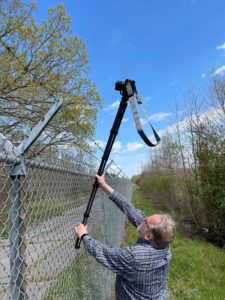
I extended all the legs and mounted the camera. I then set the self-timer to 10 seconds. I set the 12-24 mm lens to manual focus. I focused through the fence, triggered the self-timer and then raised the camera over the fence by hefting the tripod up. Al helped direct whether the camera was aimed right by standing a few feet away and saying up, down, left, right. After a number of attempts, I finally got a straight shot of the tree. Boy, do I love challenges.
After the tree shot, we headed down the road further into the old base. We went down a side road and found an abandoned building filled with machinery. We got to work and both of us had a great time shooting this building. I loved the rust, peeling paint, and light. All this decay made me very happy.
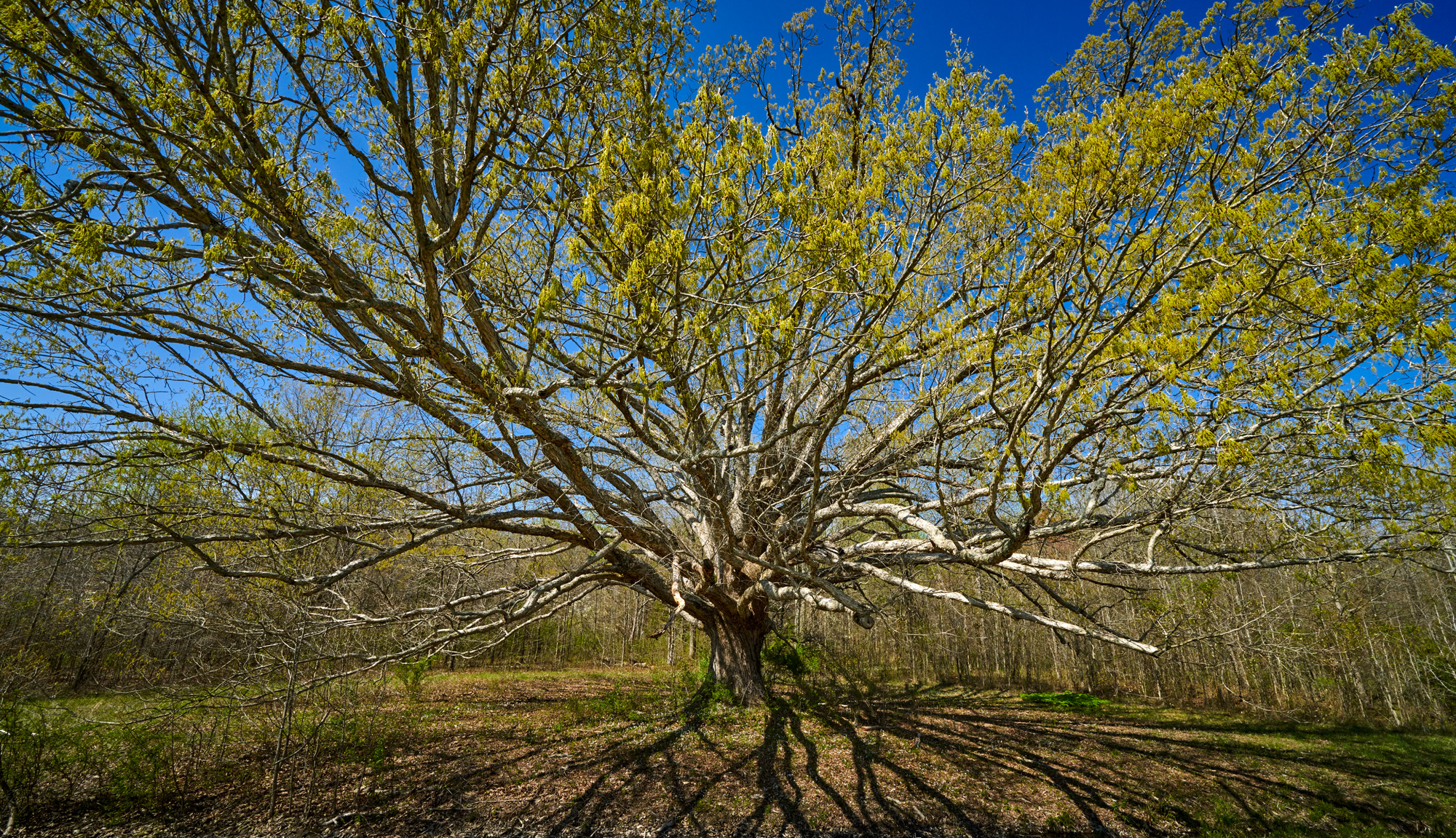
The next stop was a ballistic testing range. This is a giant building with four ranges at least 1000 feet long. On one end is a room about 20 feet square with noise-deadening walls and ceiling. You could talk in the room and have no echo. A very strange feeling for sure.
In the wall are a few sliding gun ports. Large guns were shot through these to targets downrange. On the other side of the room is this very odd setup of vents and such to capture the exhaust from the gun blasts and ventilate the gases outside. This made for some interesting images, with the light hitting the ports and domed exhaust area. It was pretty dark so these were all long exposures.
We then explored a few other empty buildings and made photographs of rooms, doors, and windows. We both had our own perspective on things, as you will see. (Al’s perspective and images are below, please make sure you check out his images.)
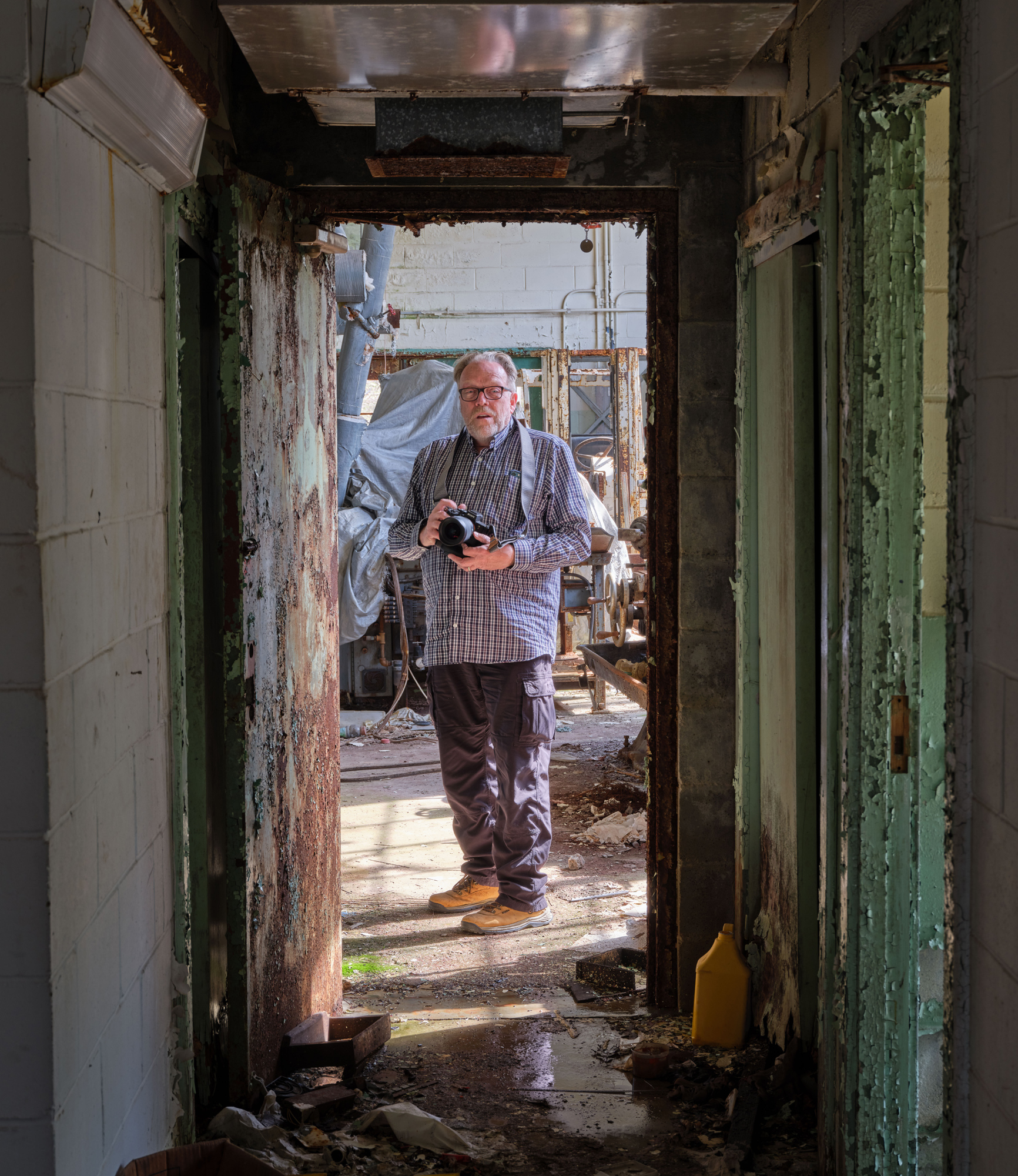
Photos Of Jefferson Proving Grounds
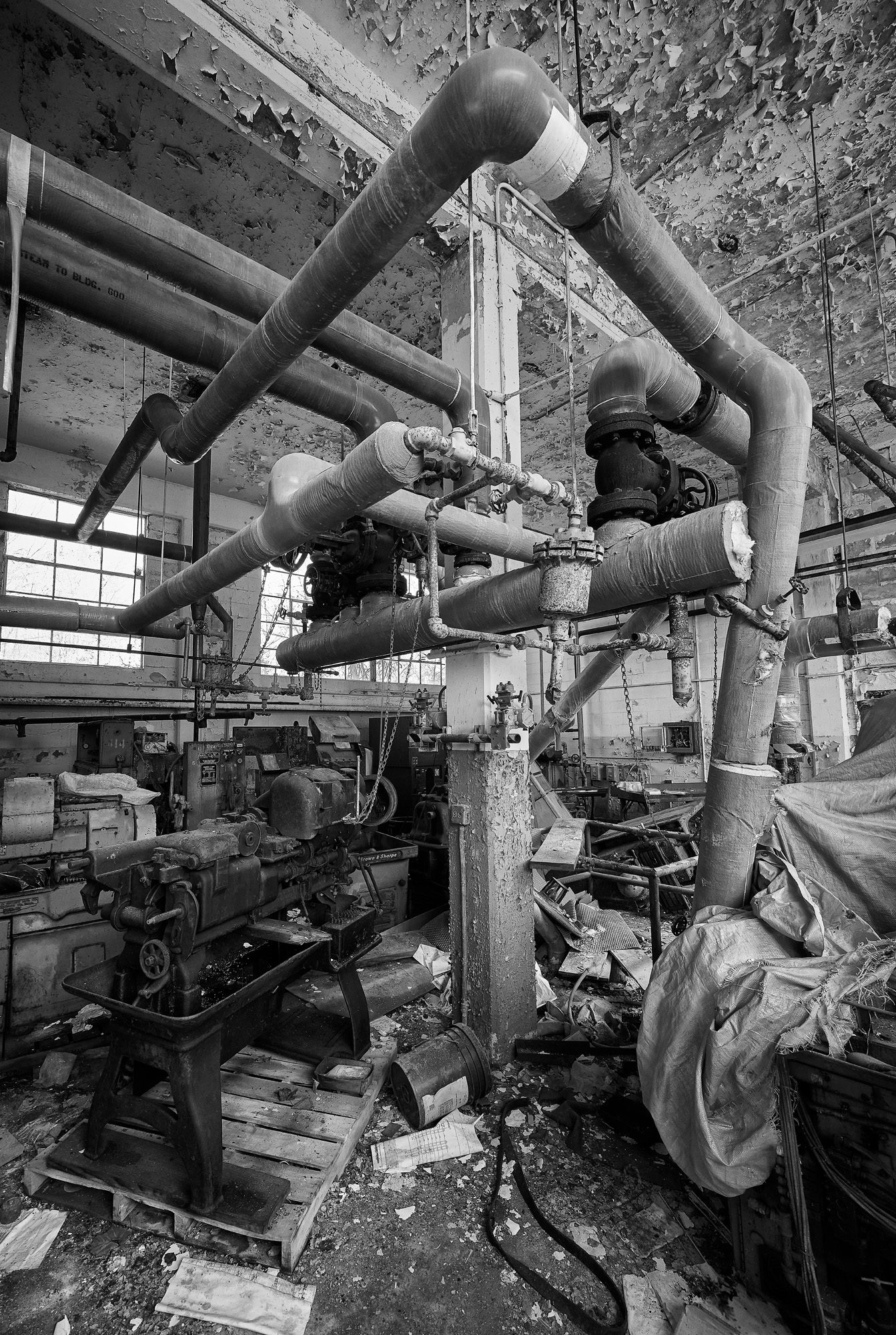
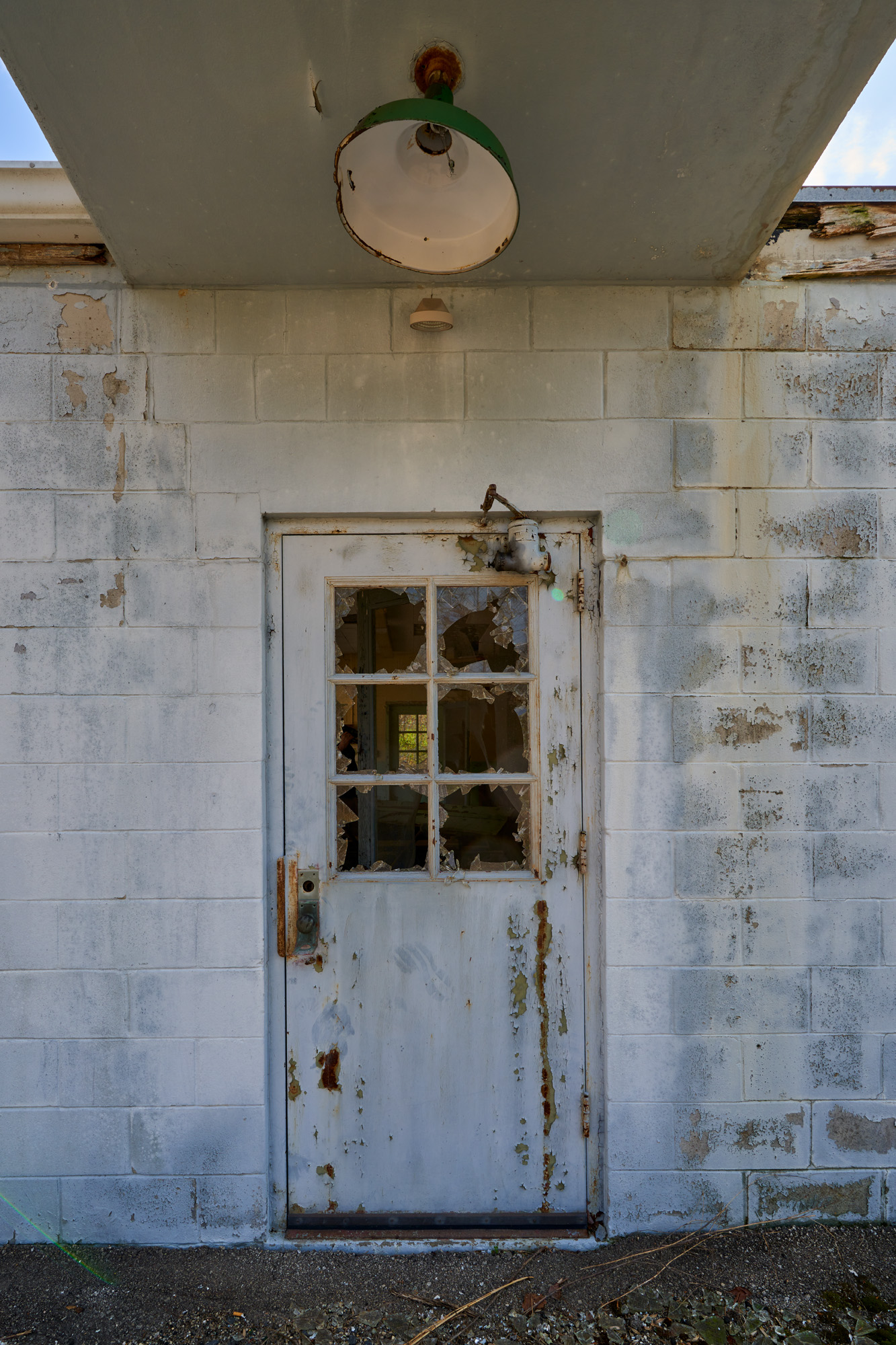
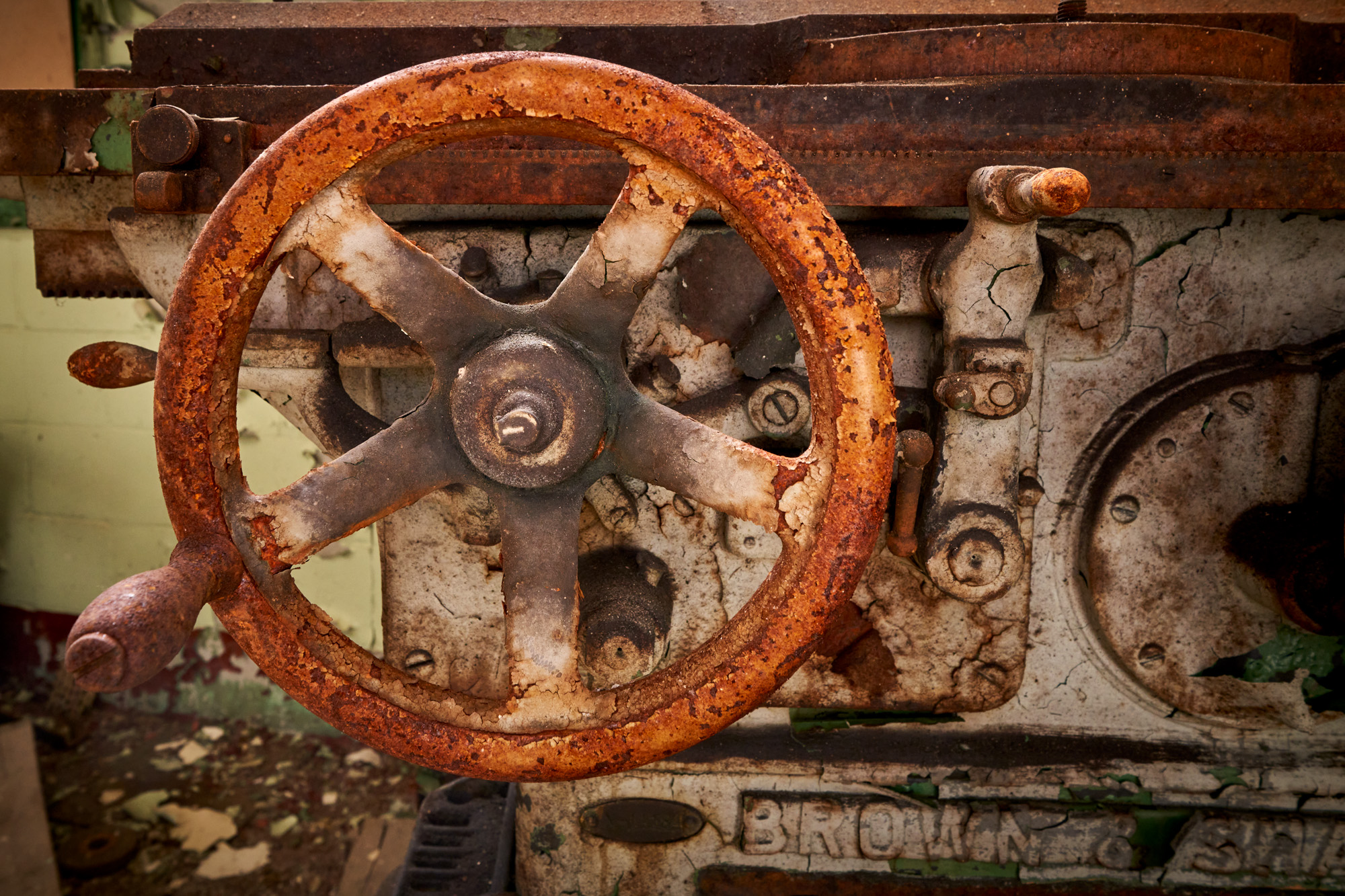
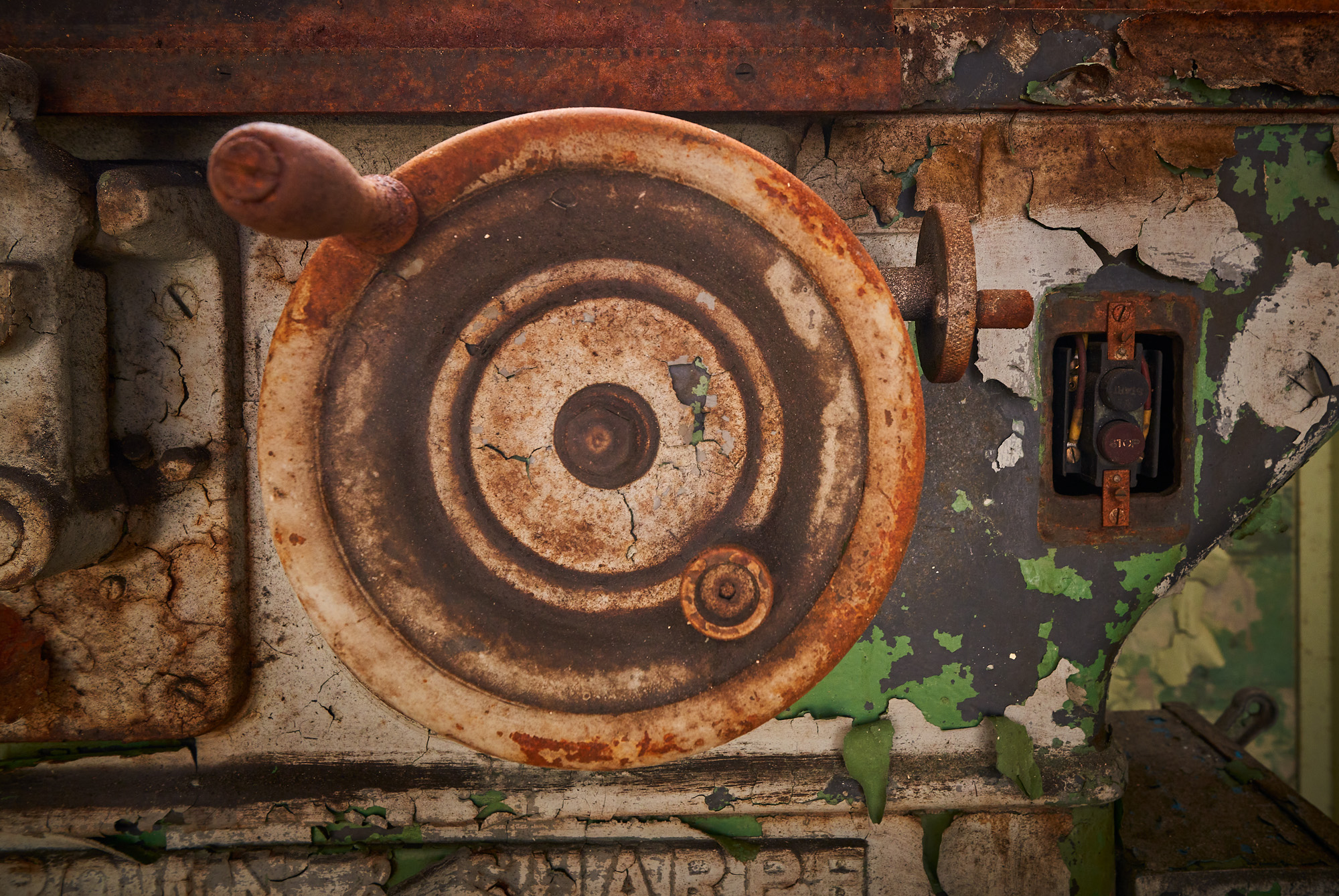
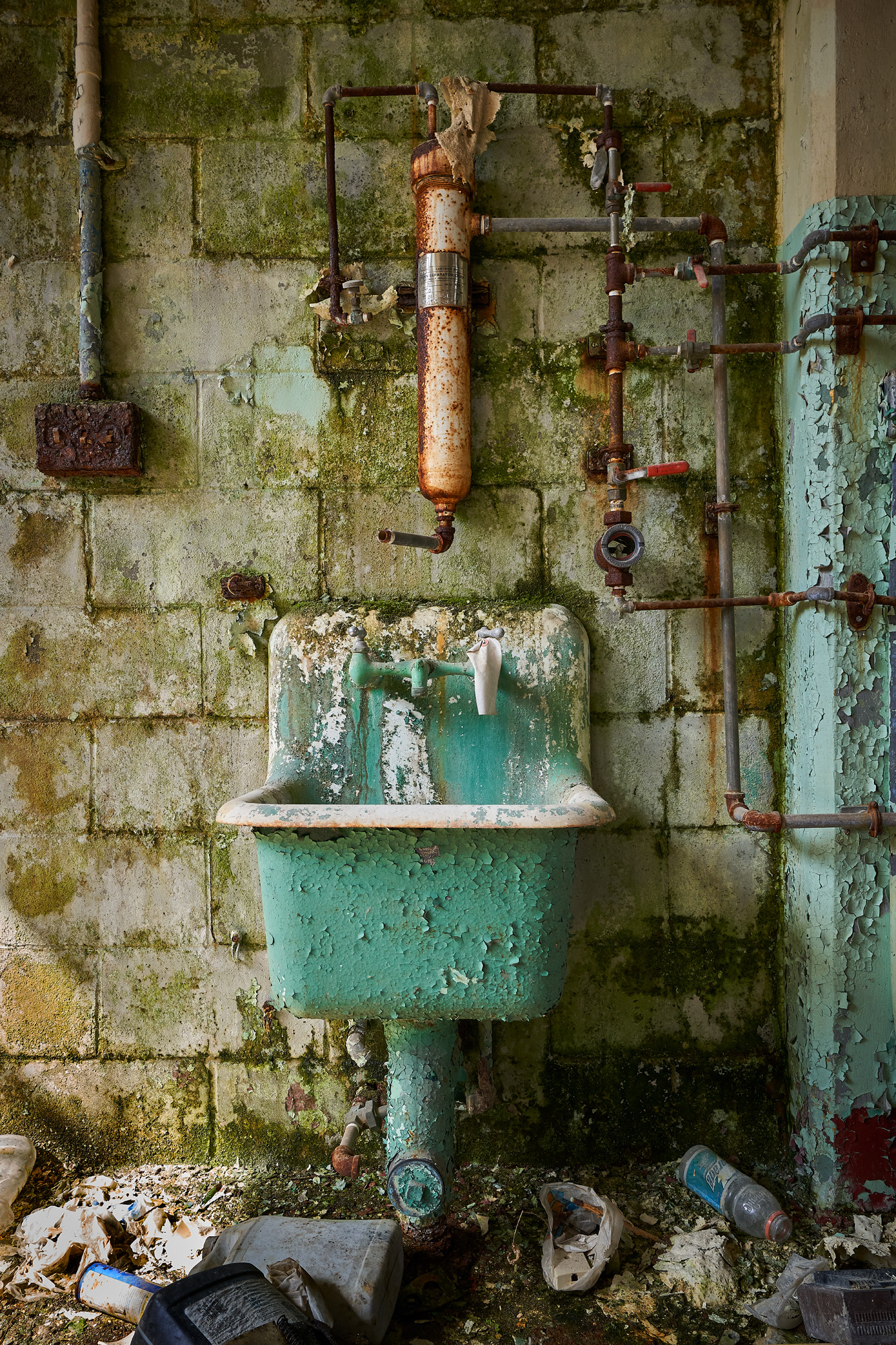
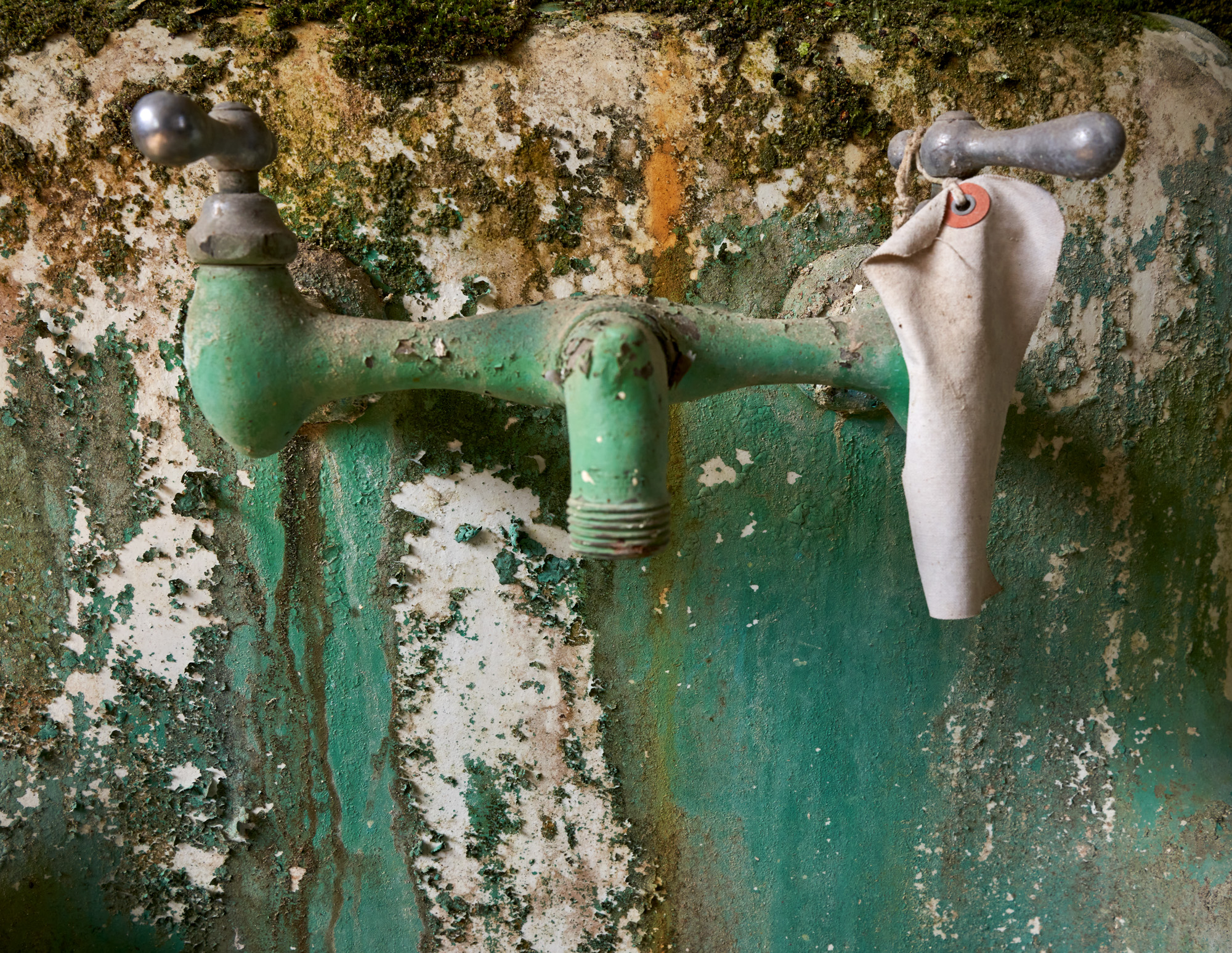
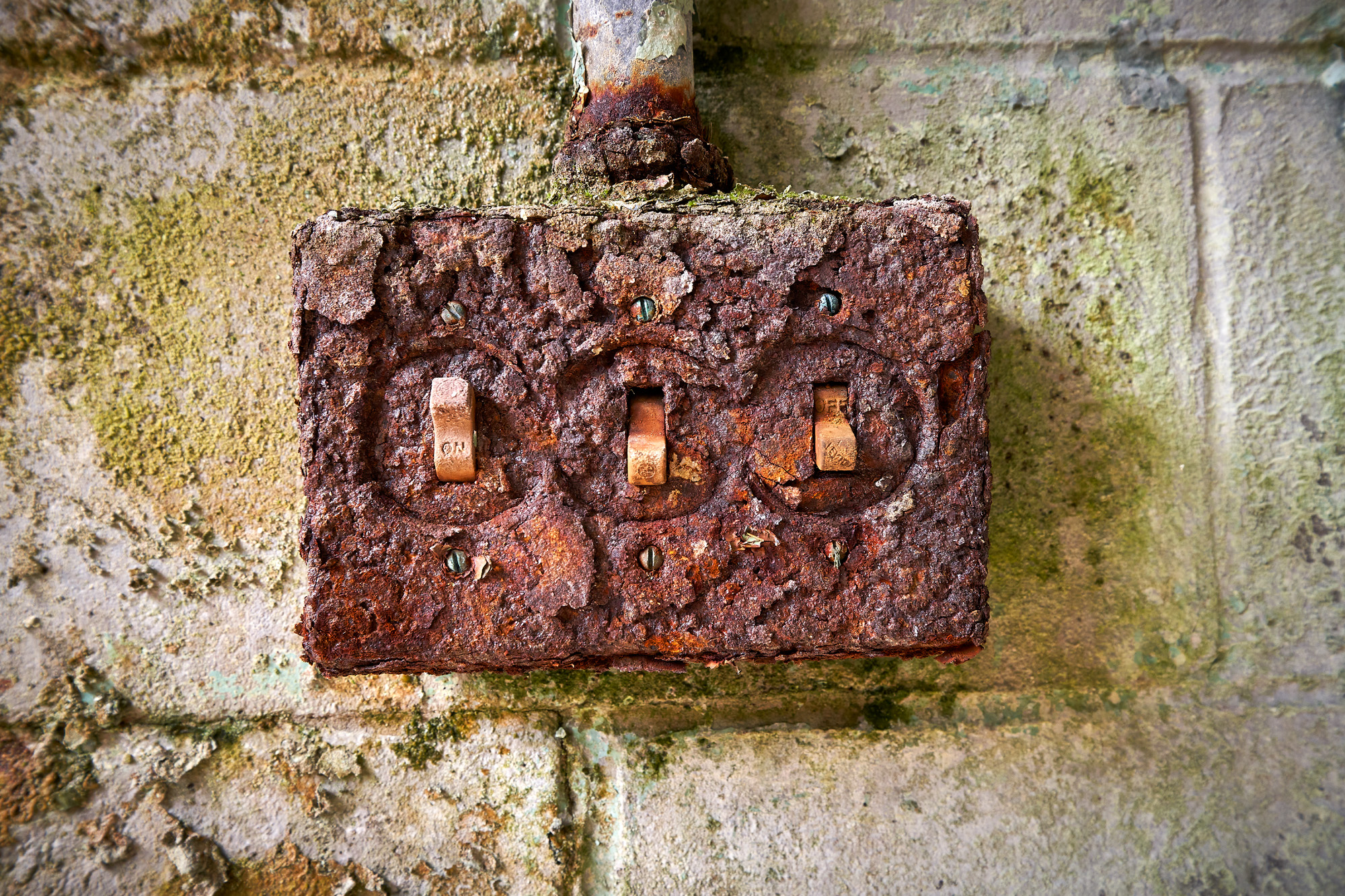
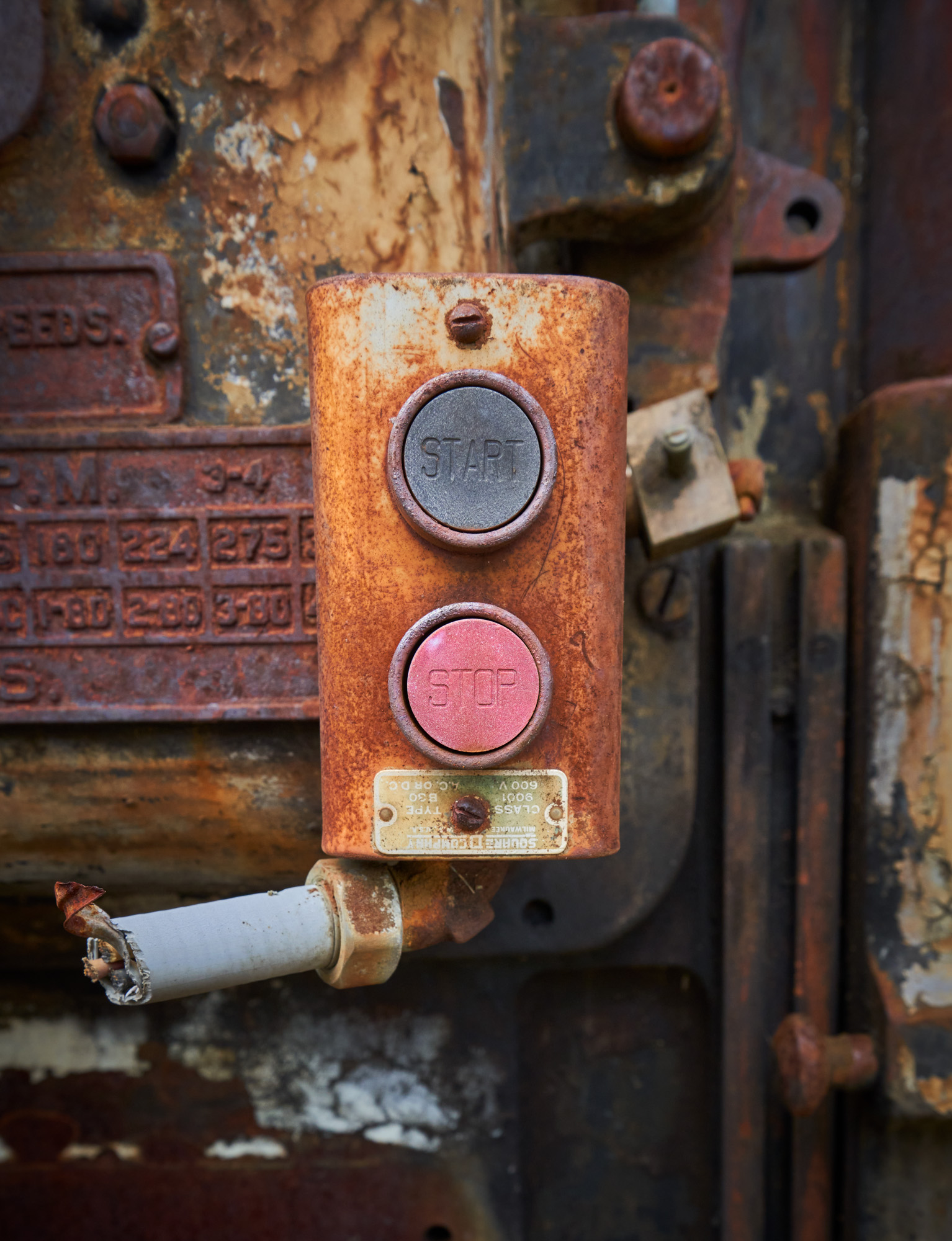
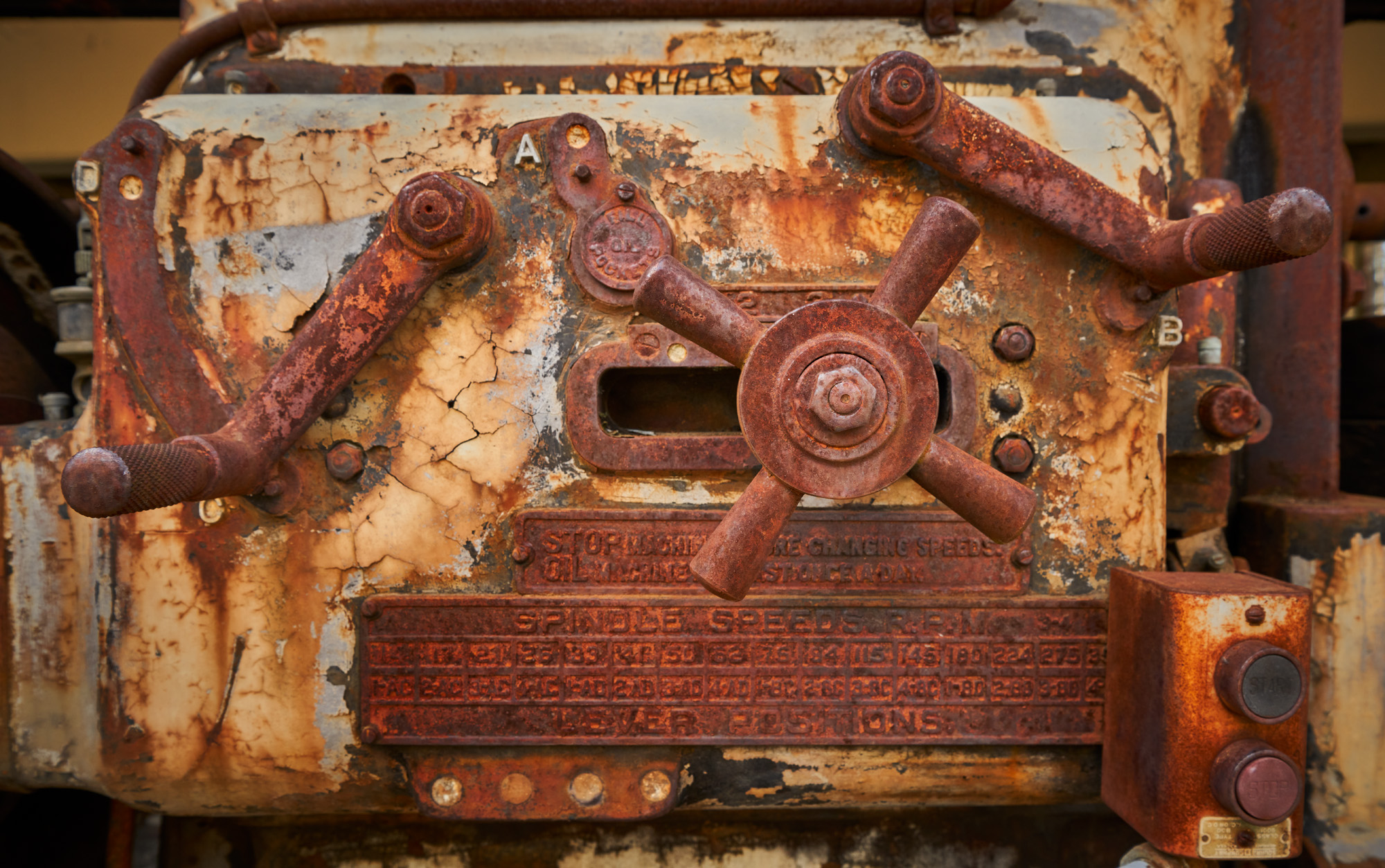
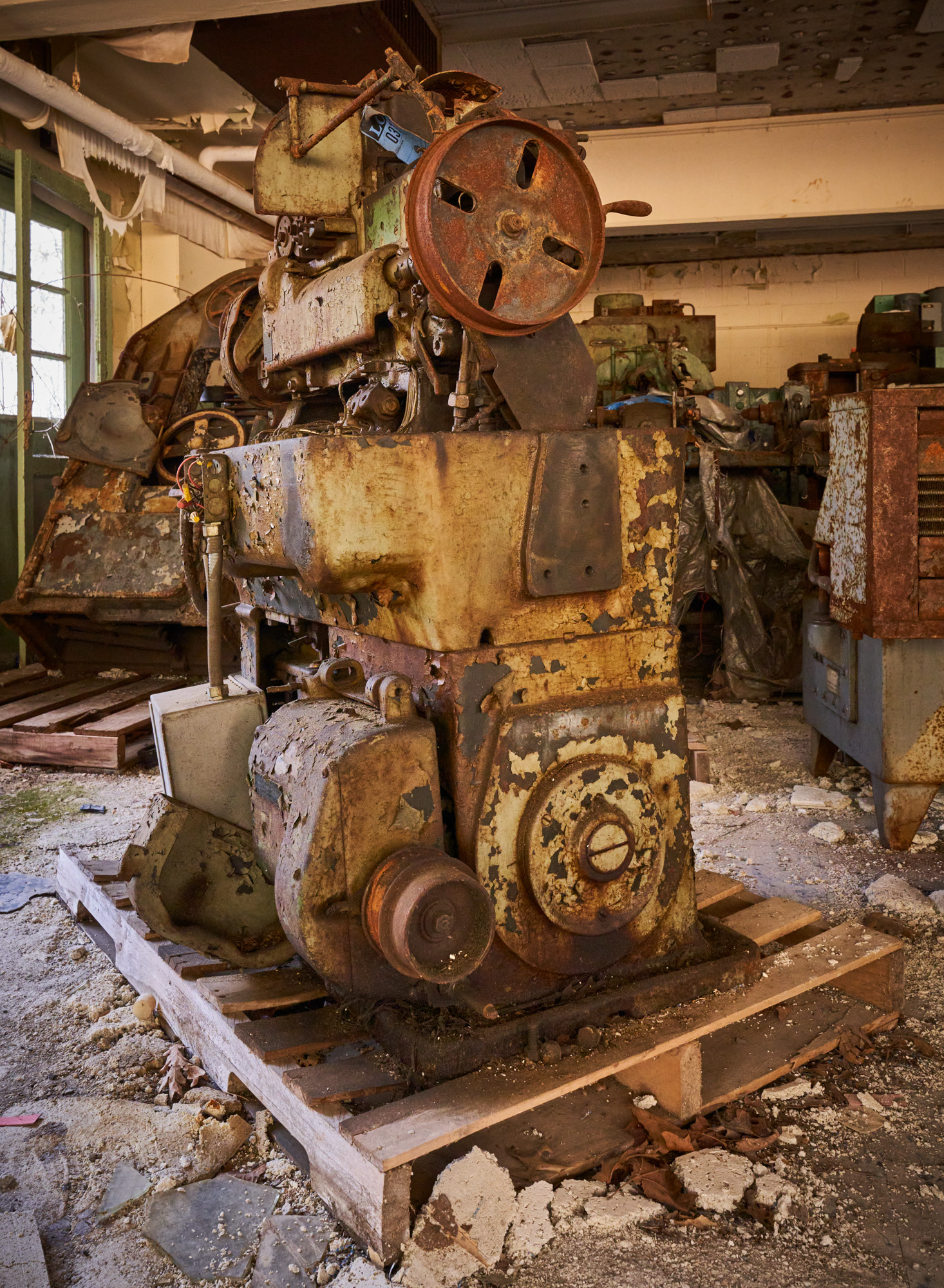
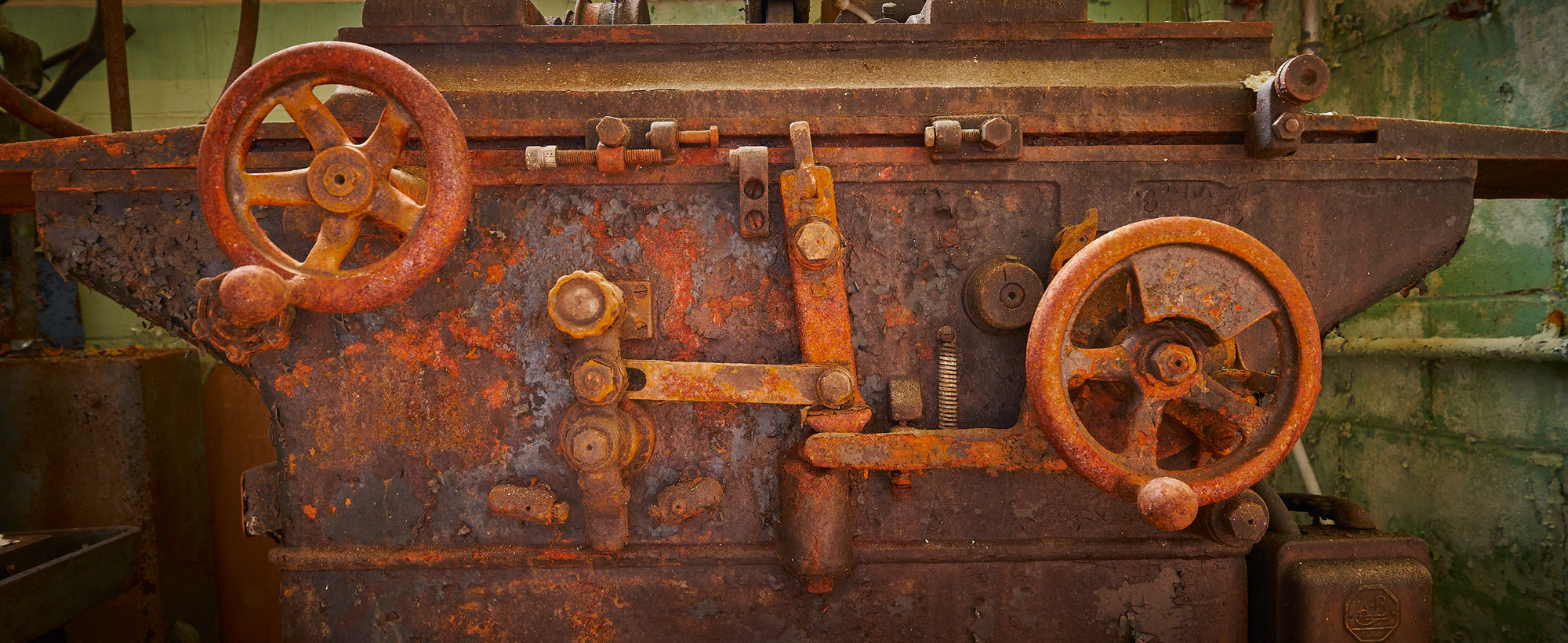
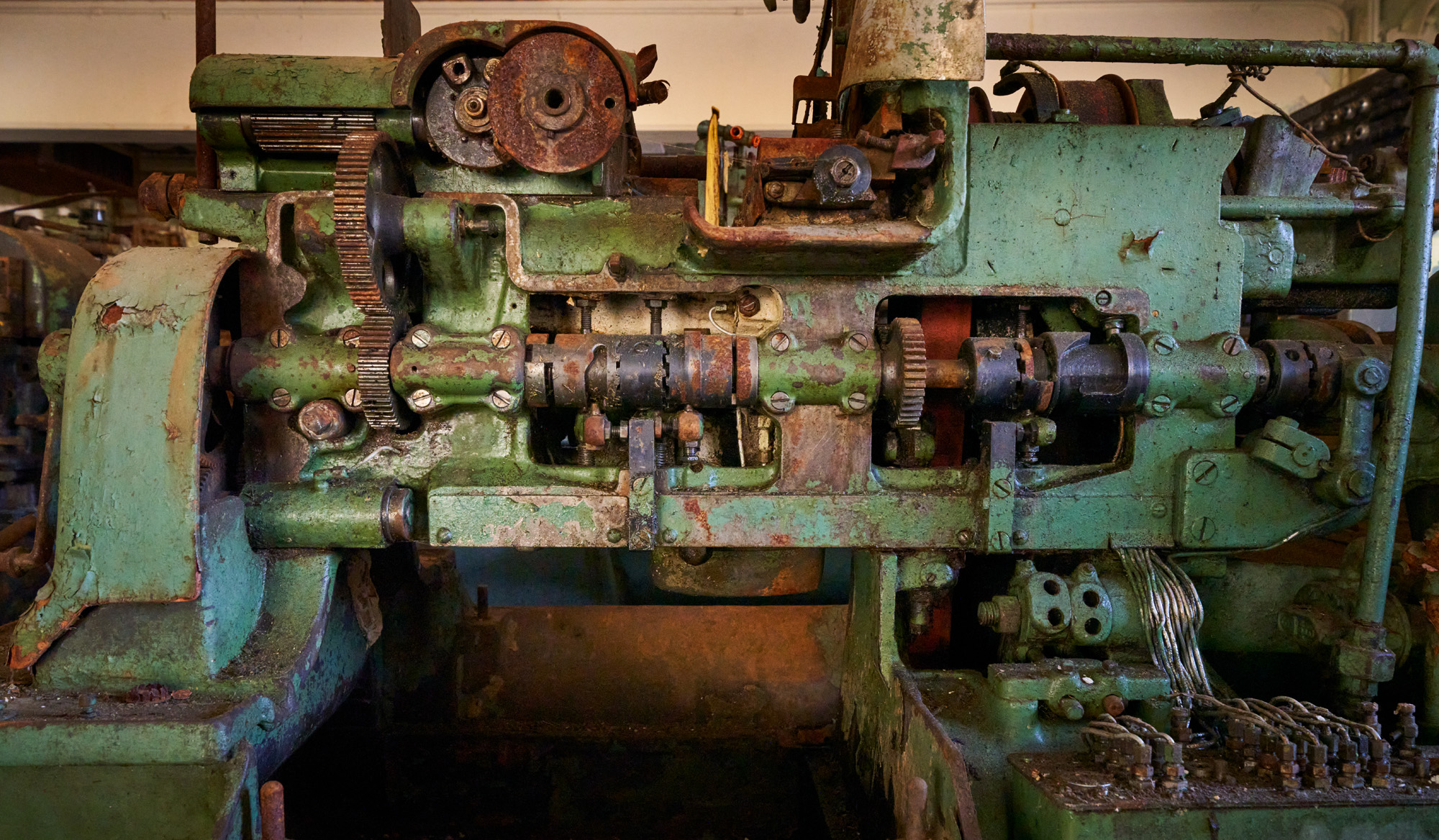
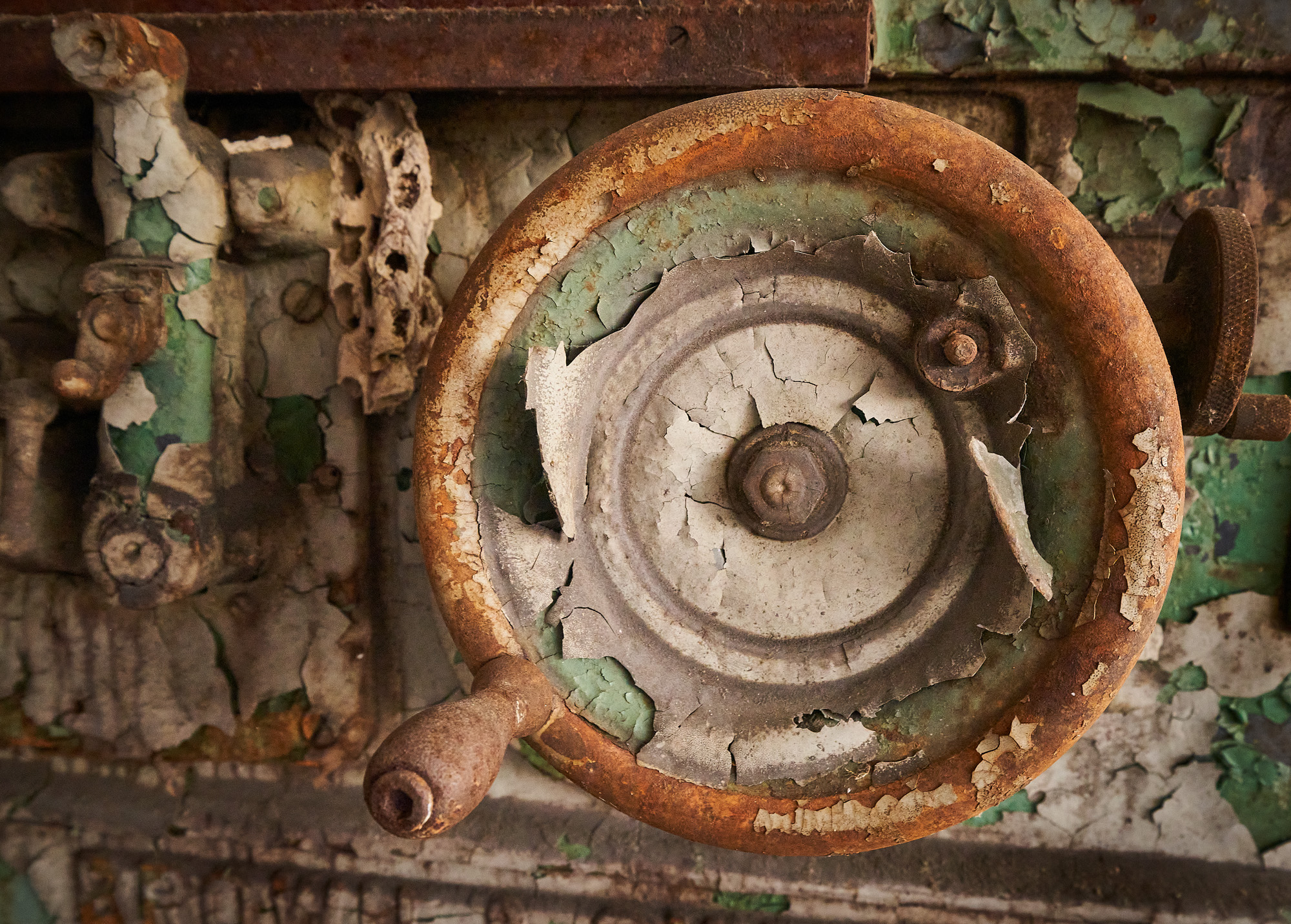
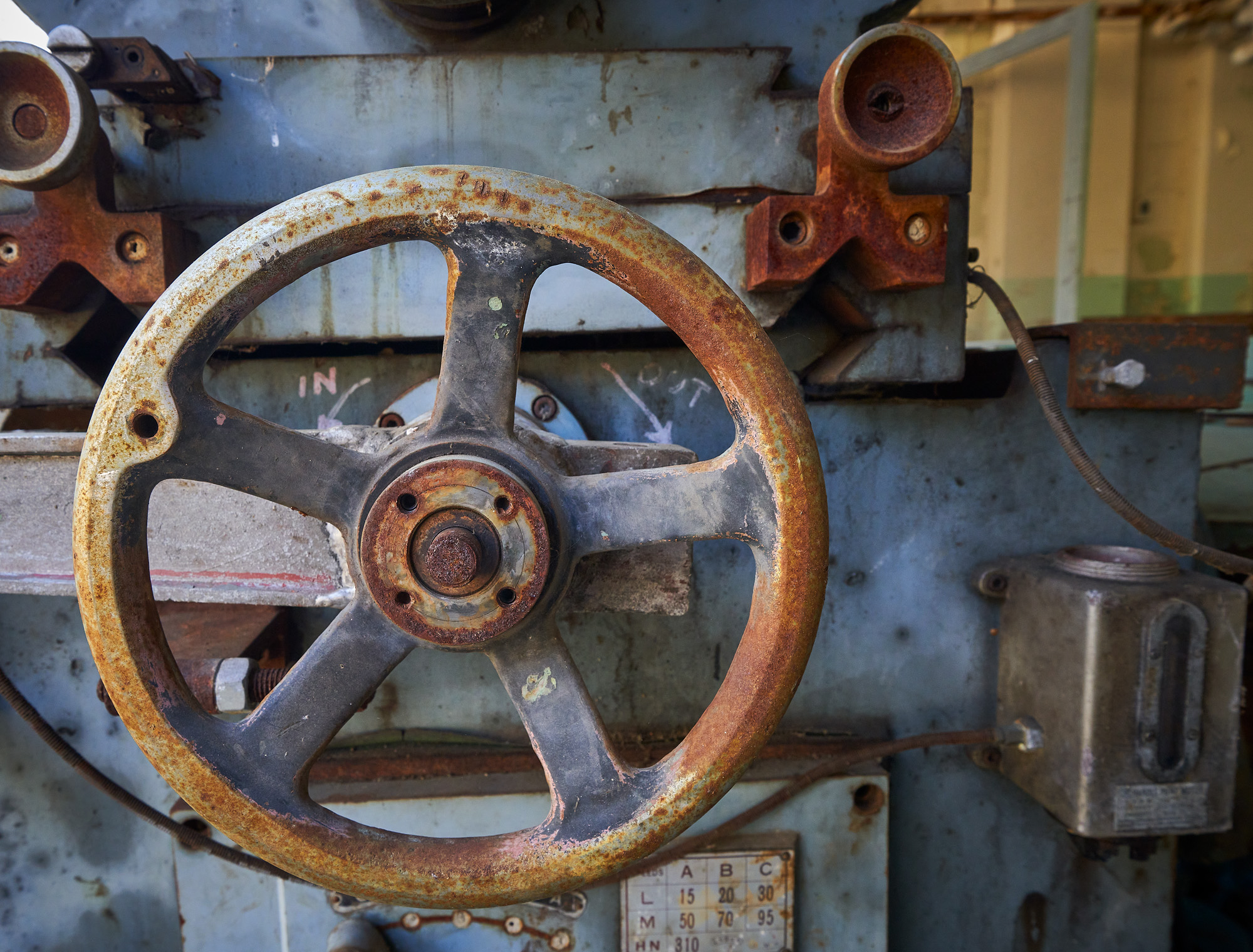


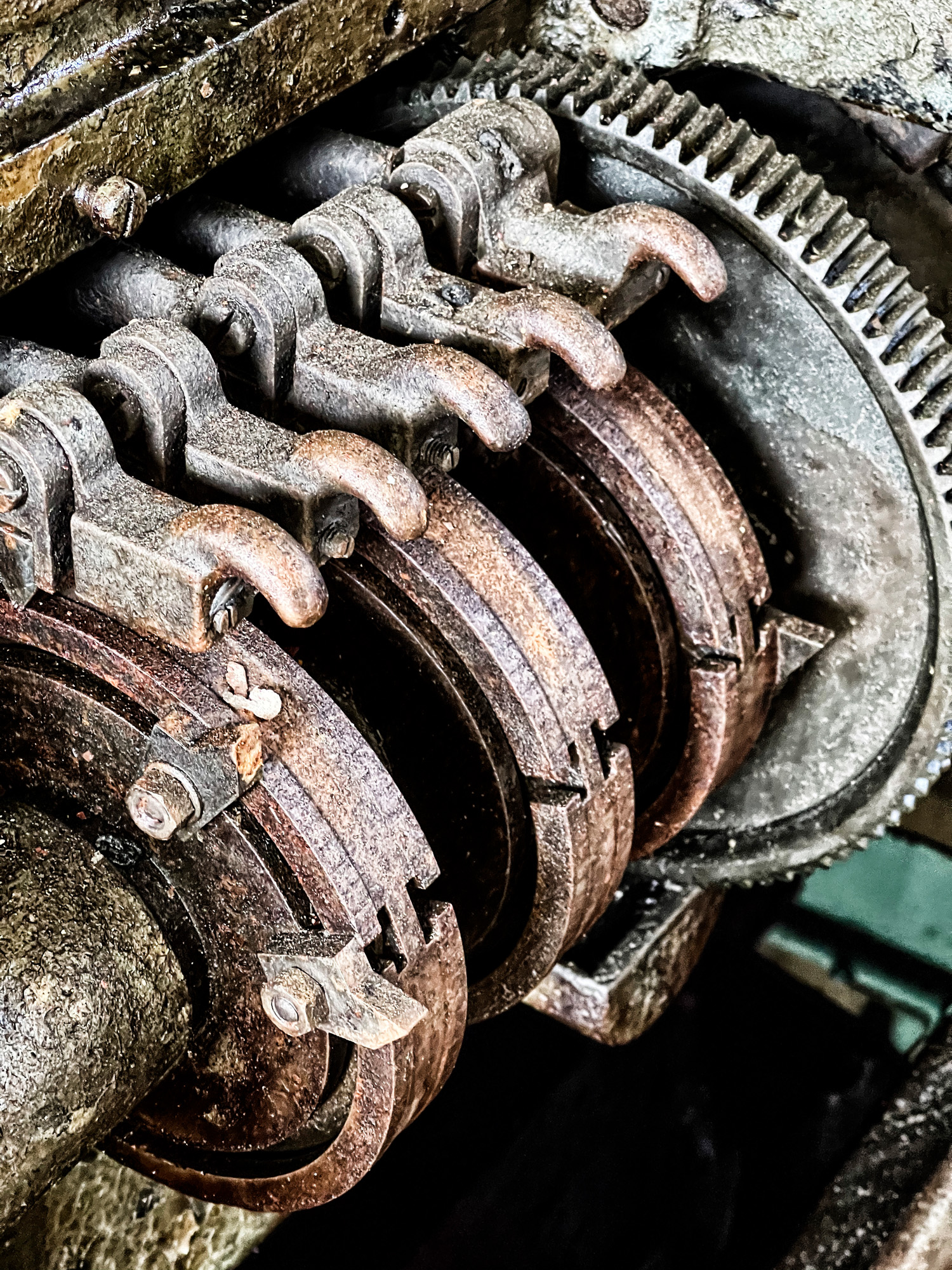
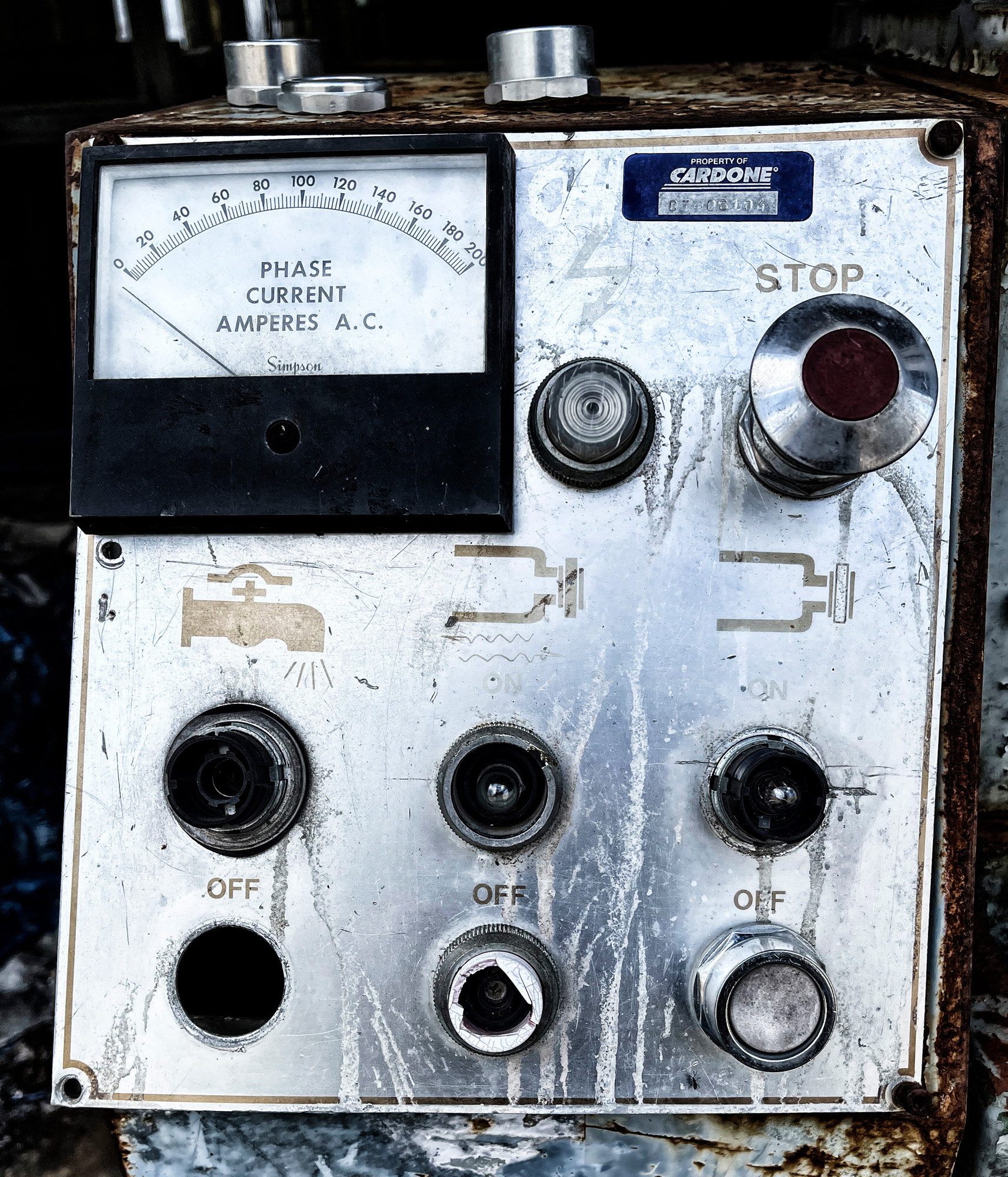
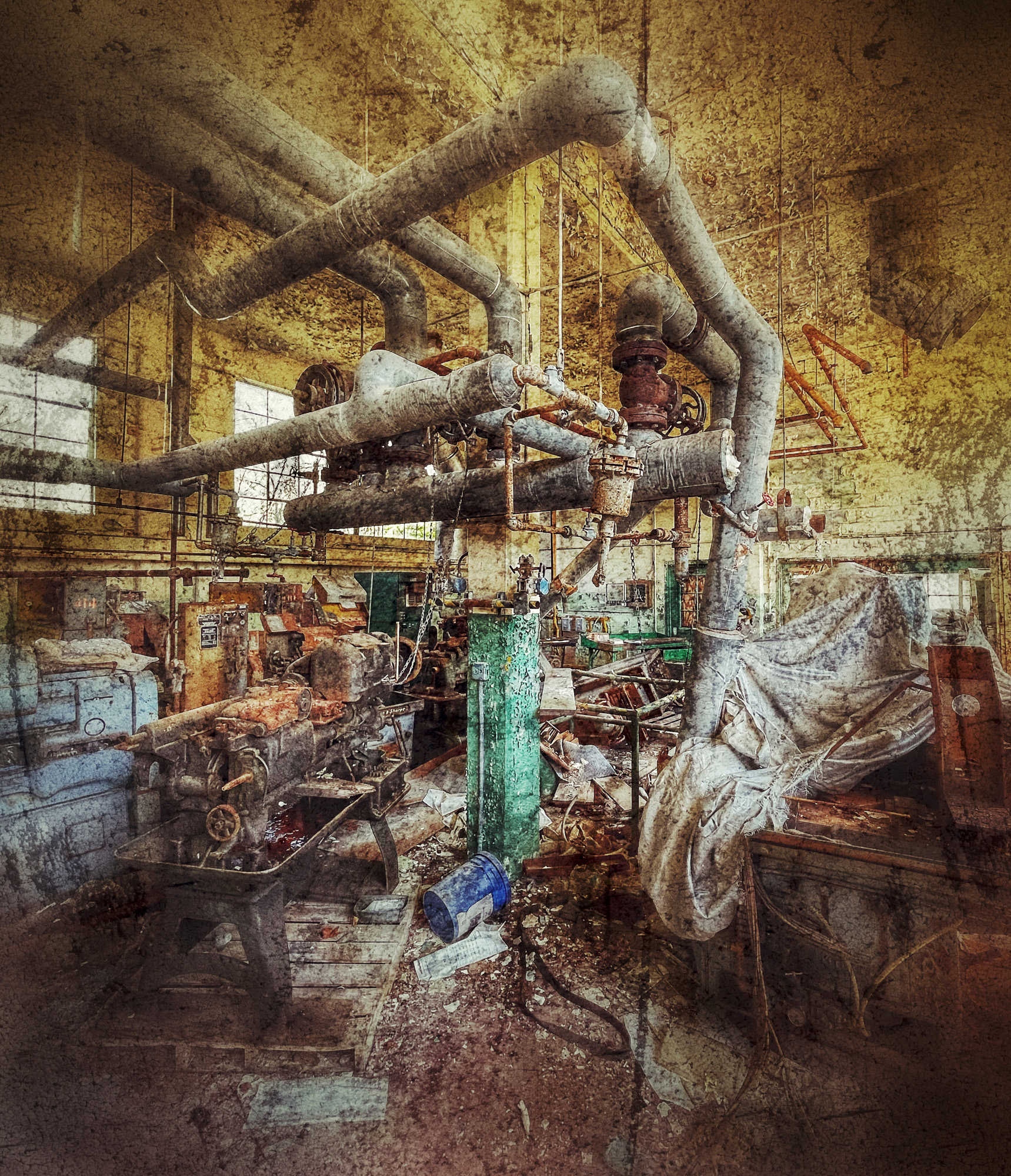
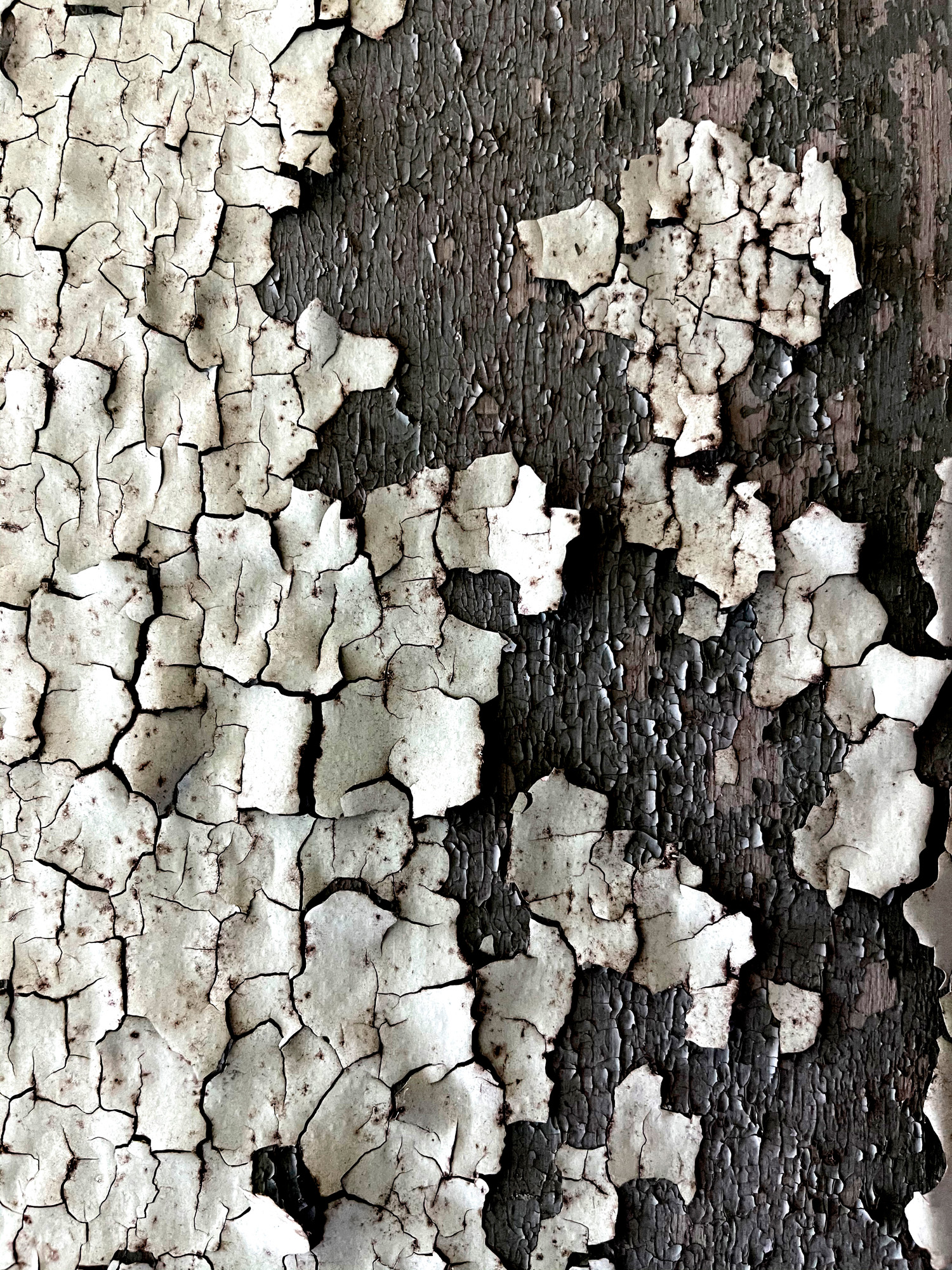
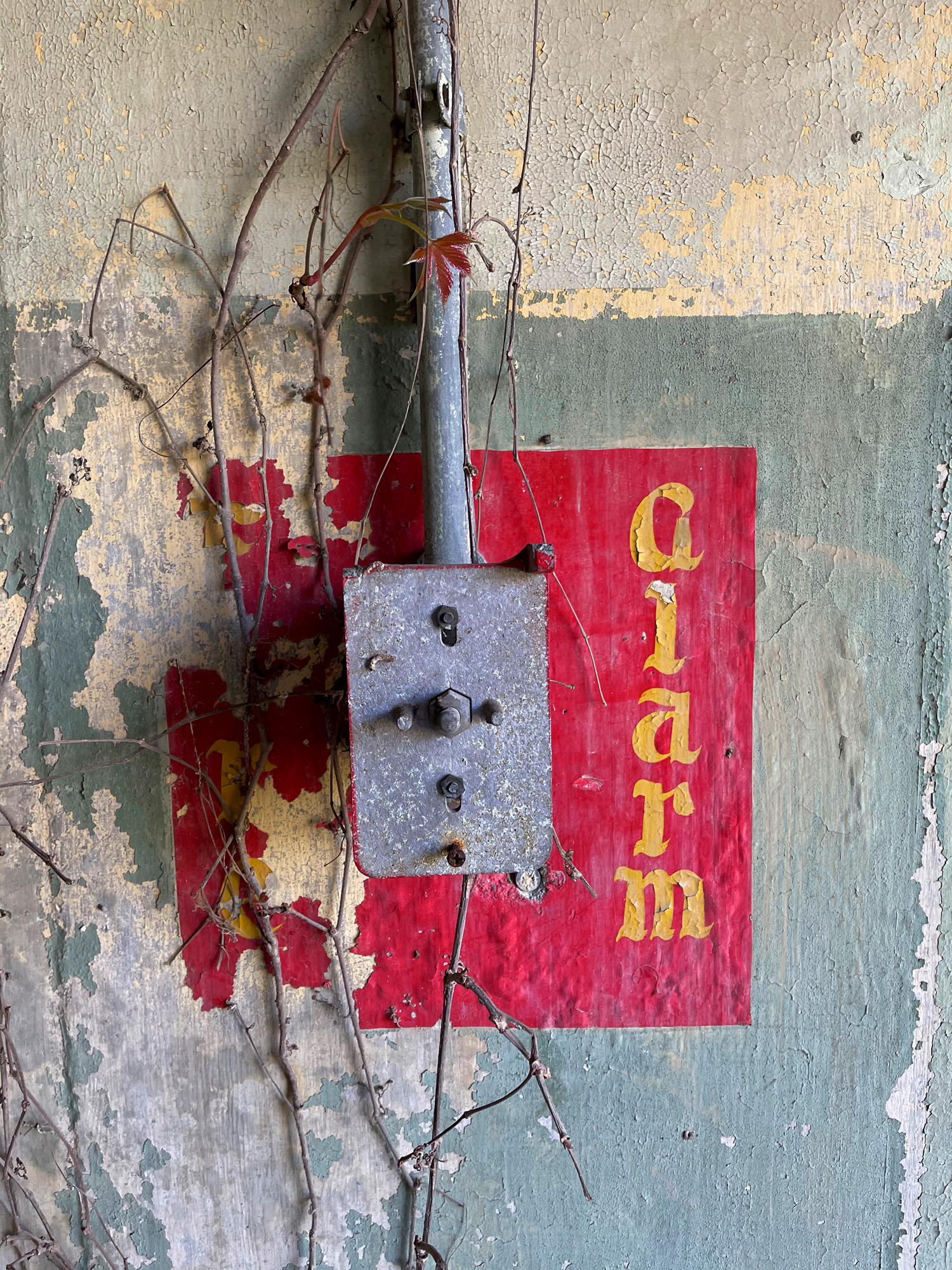
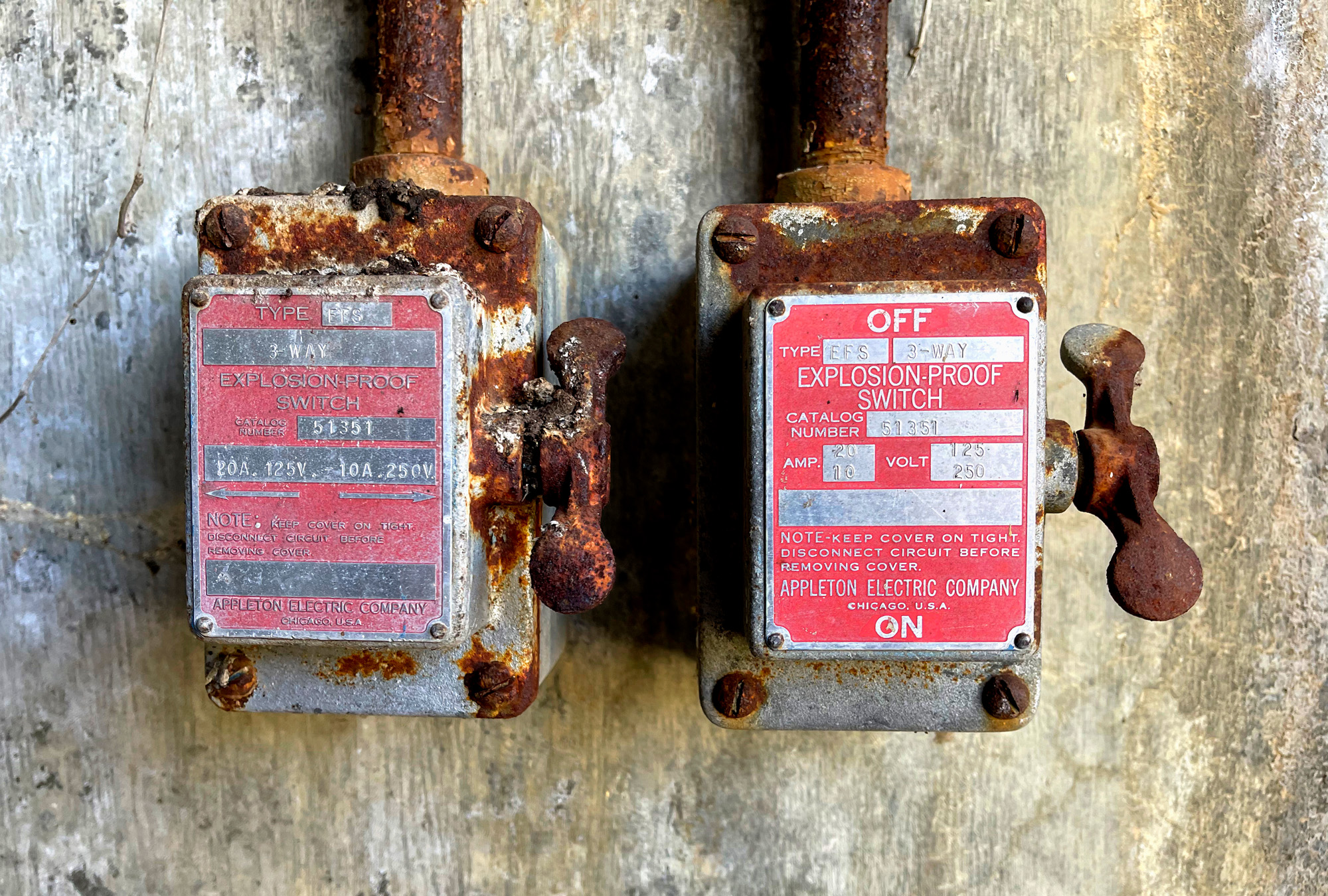
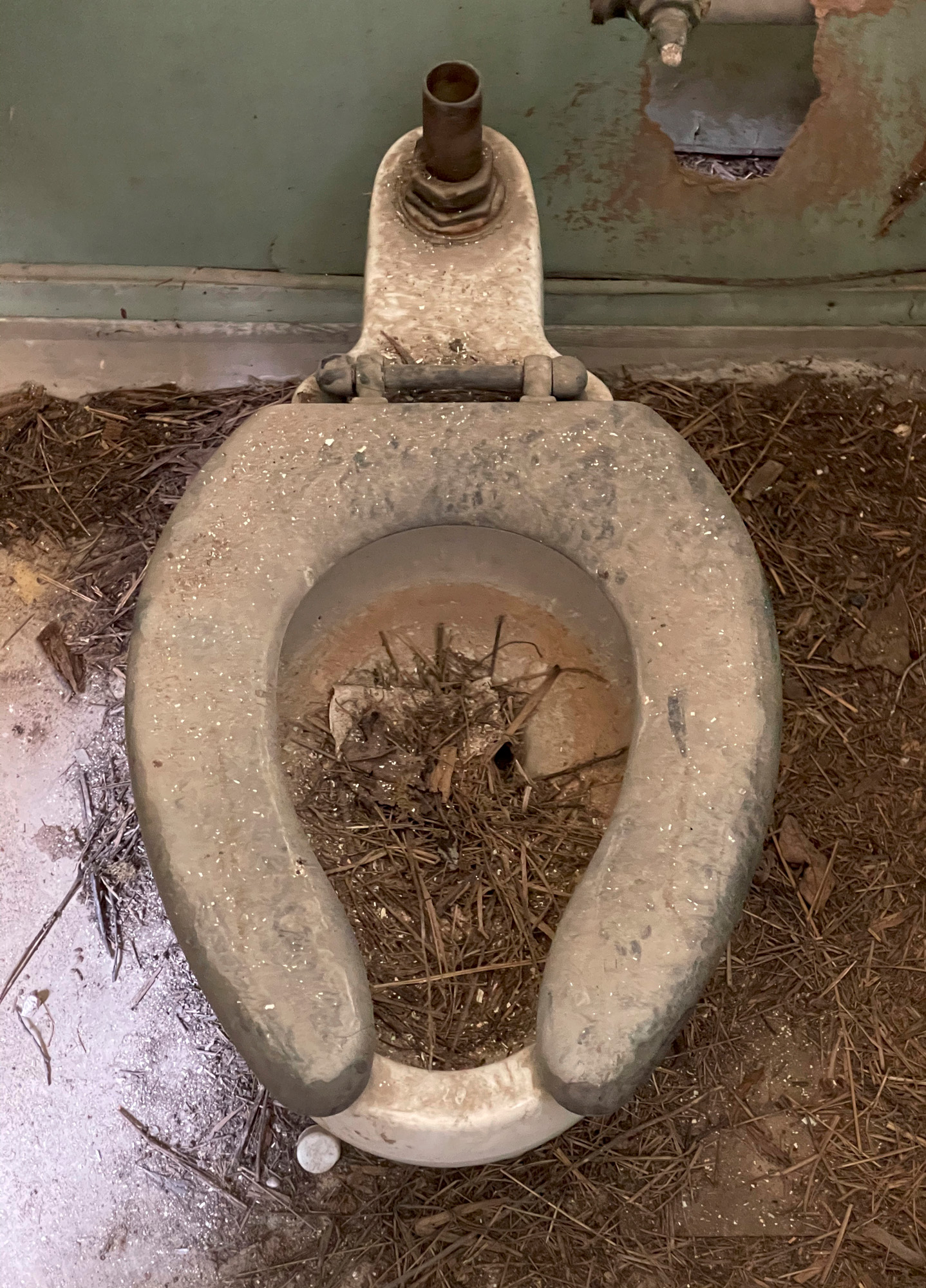
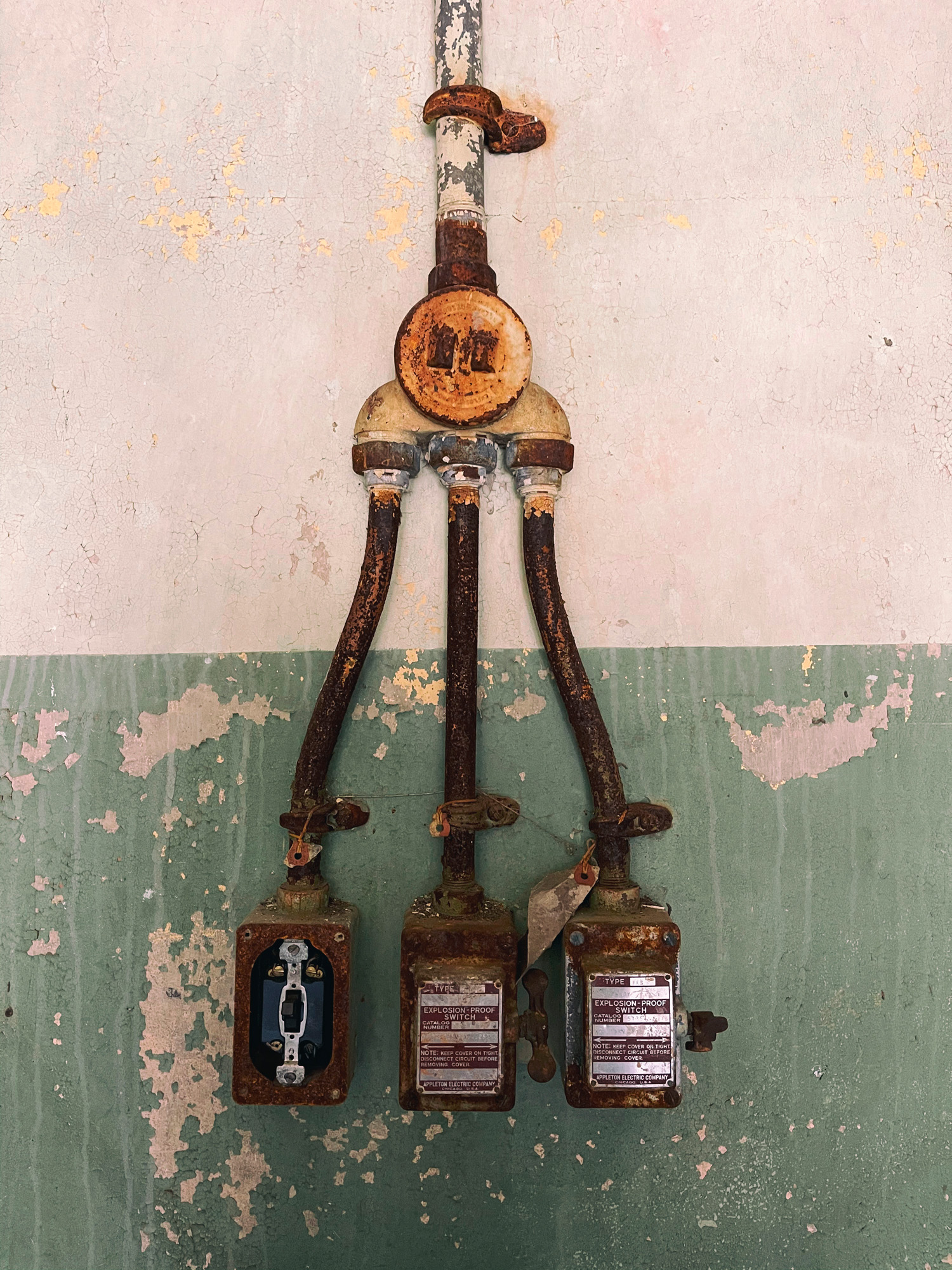
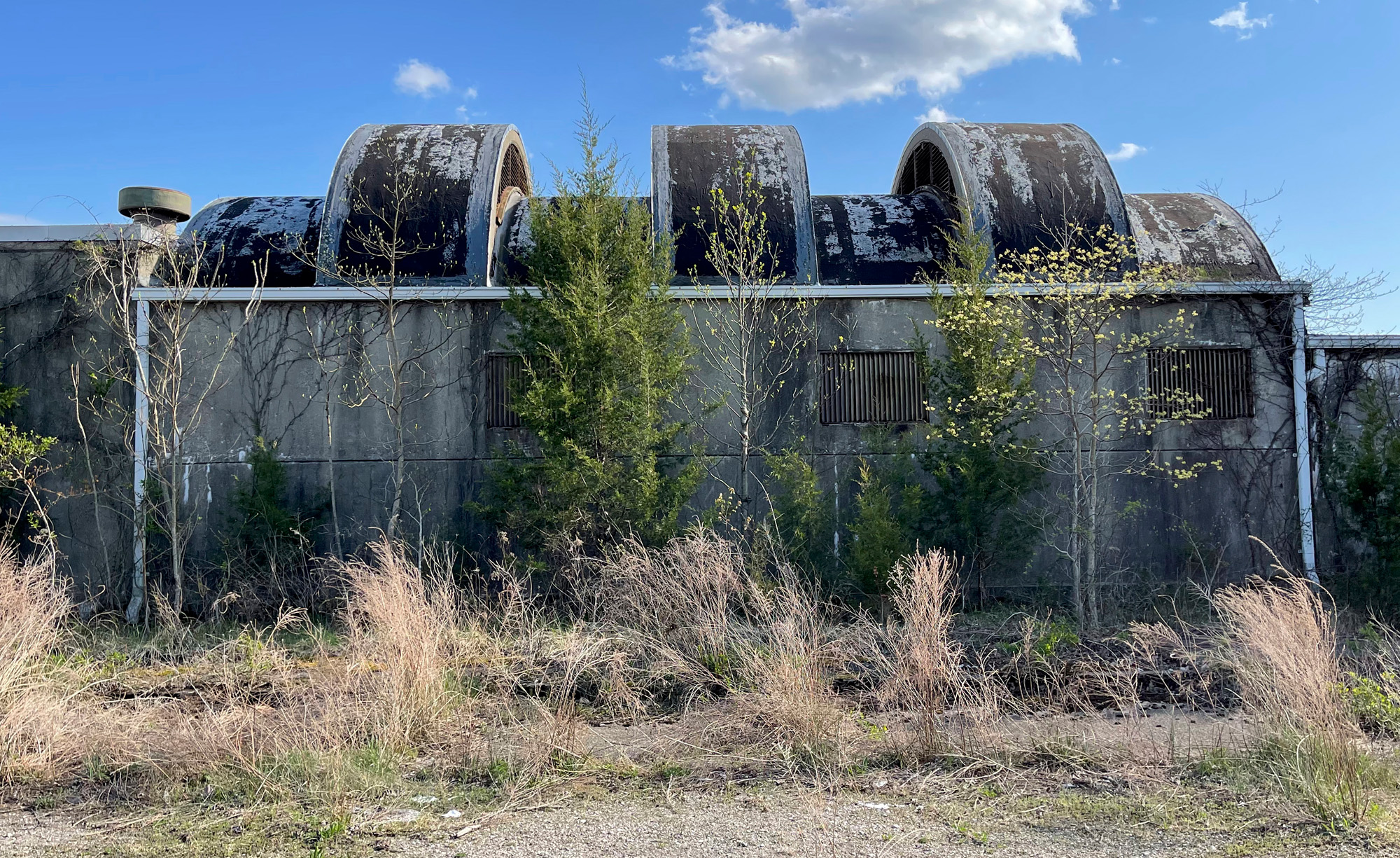
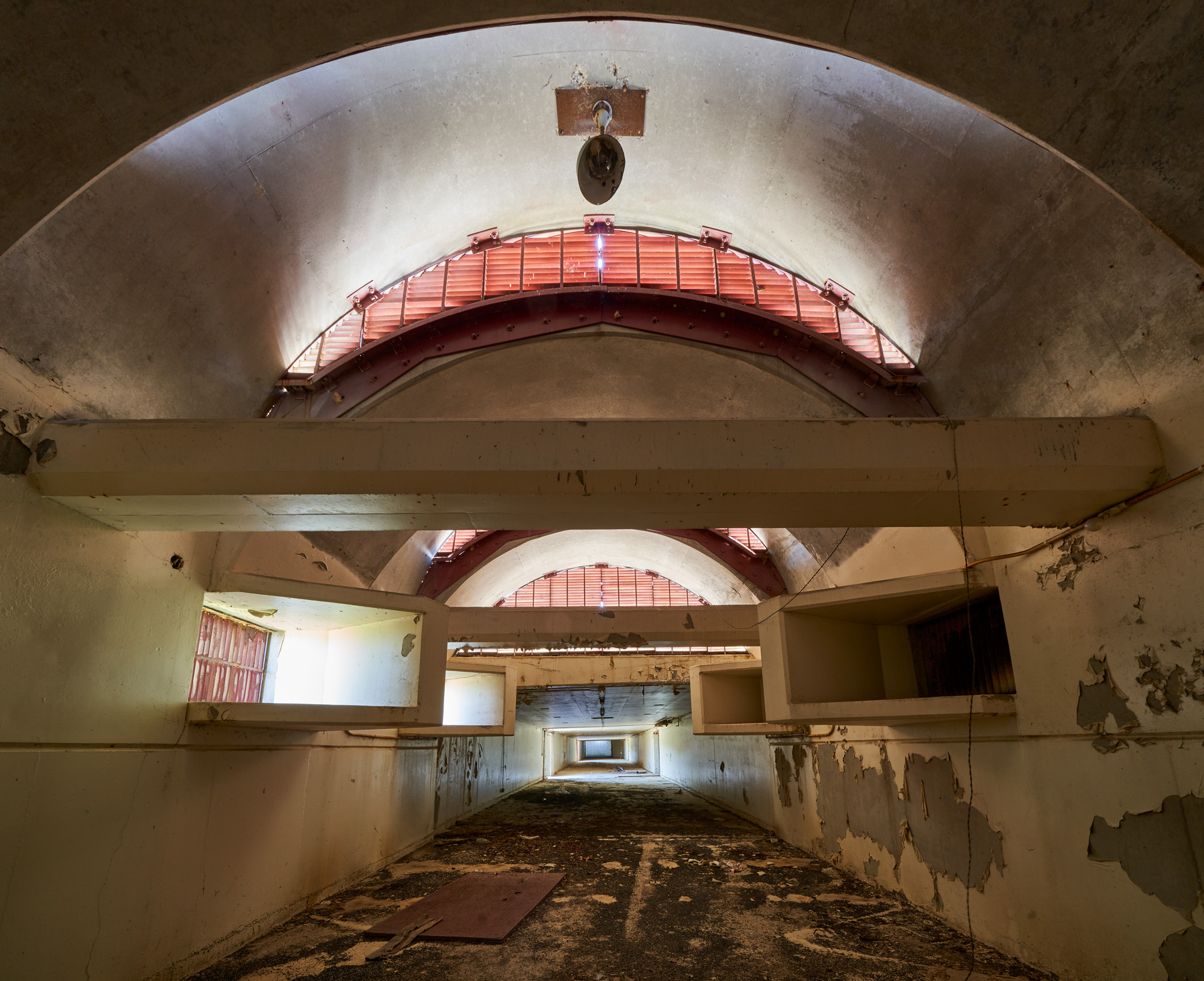
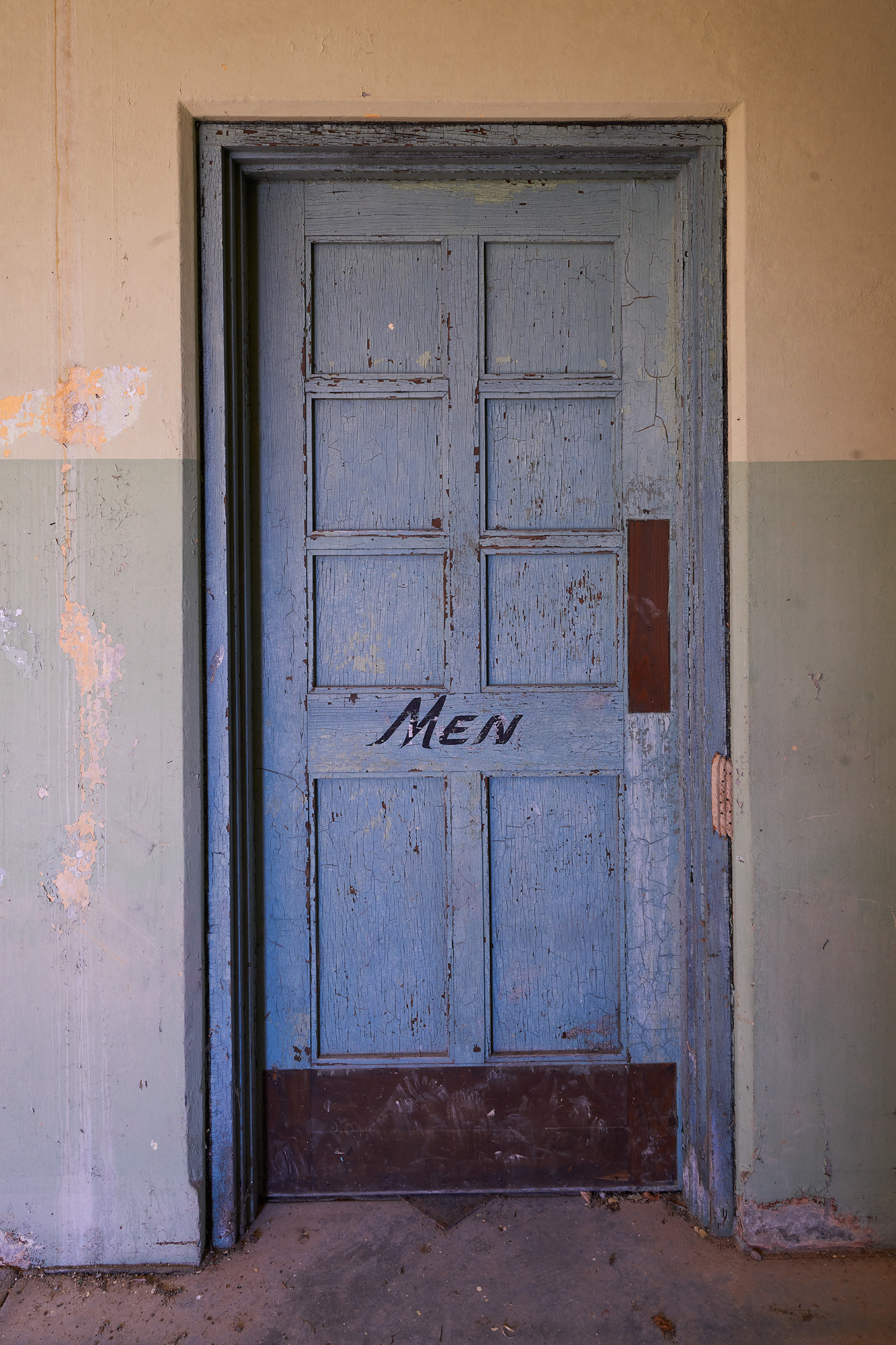
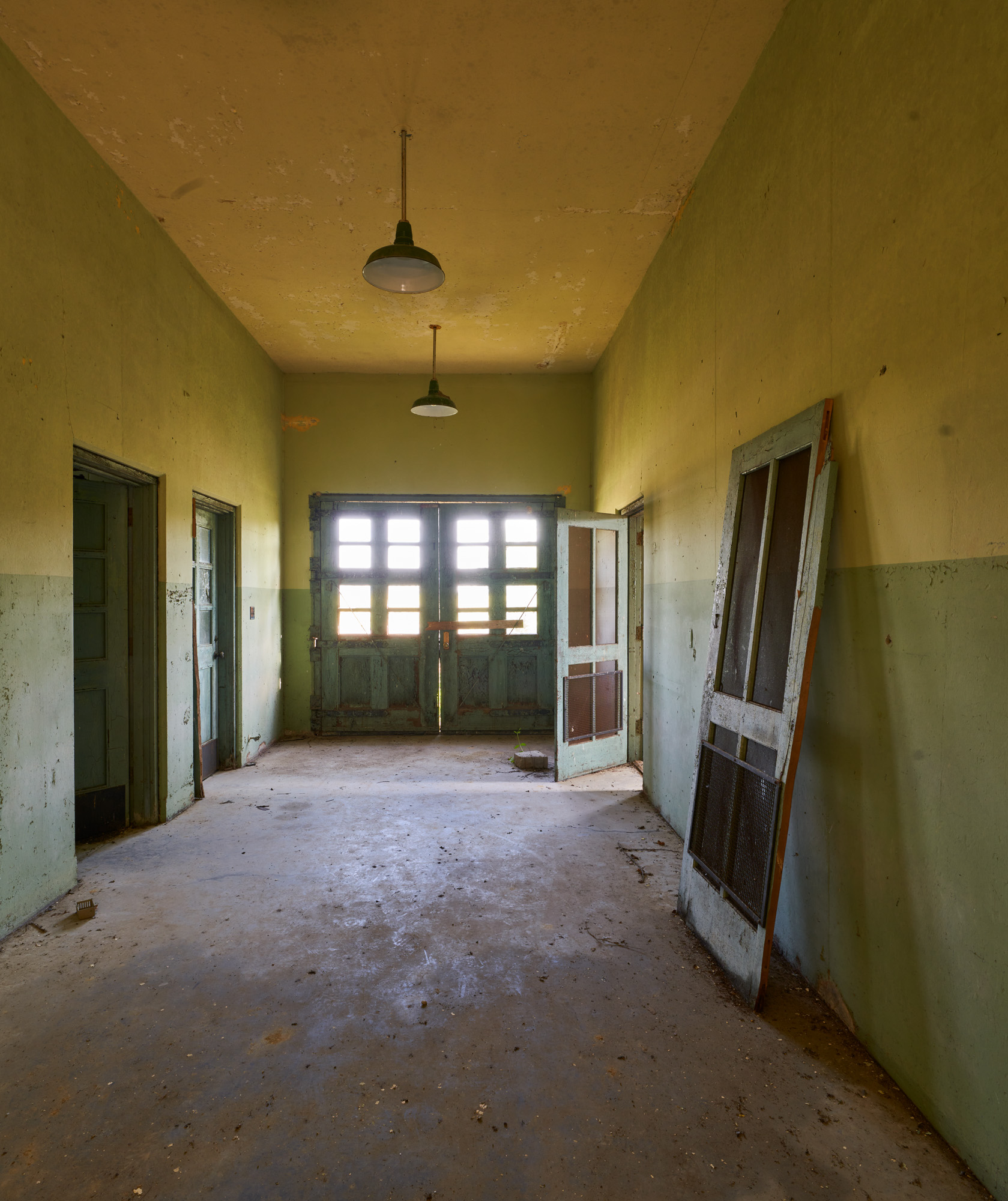
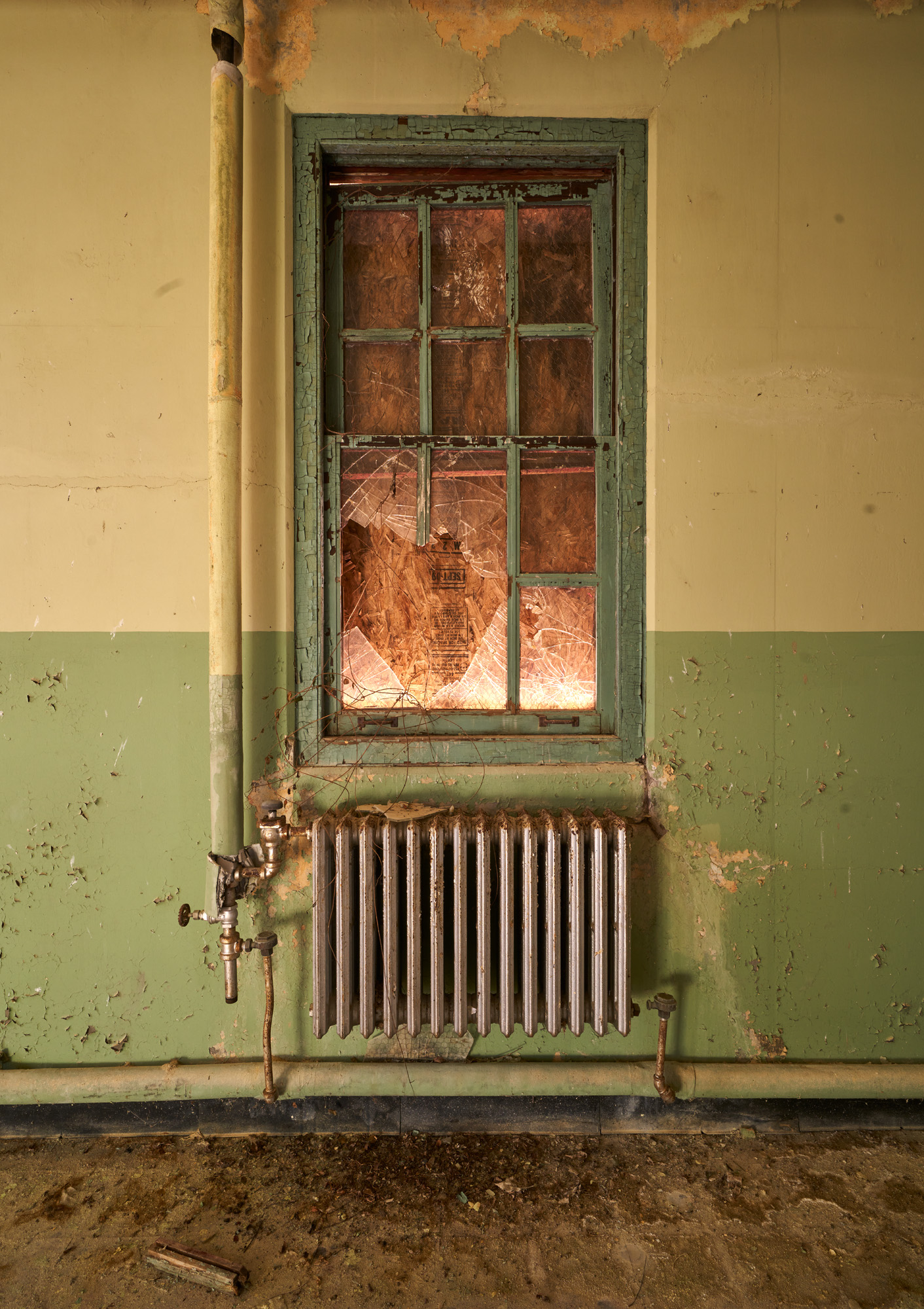
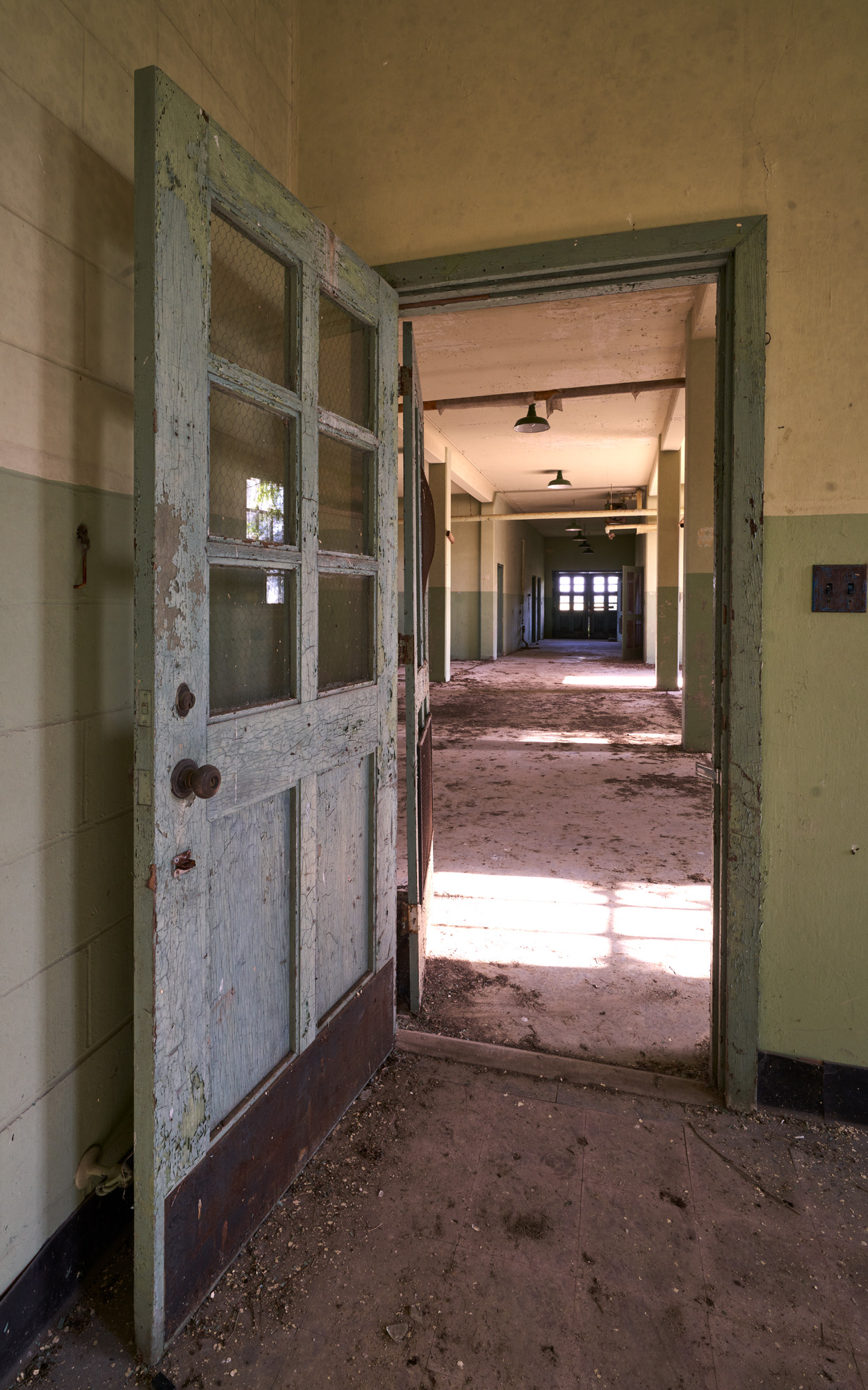
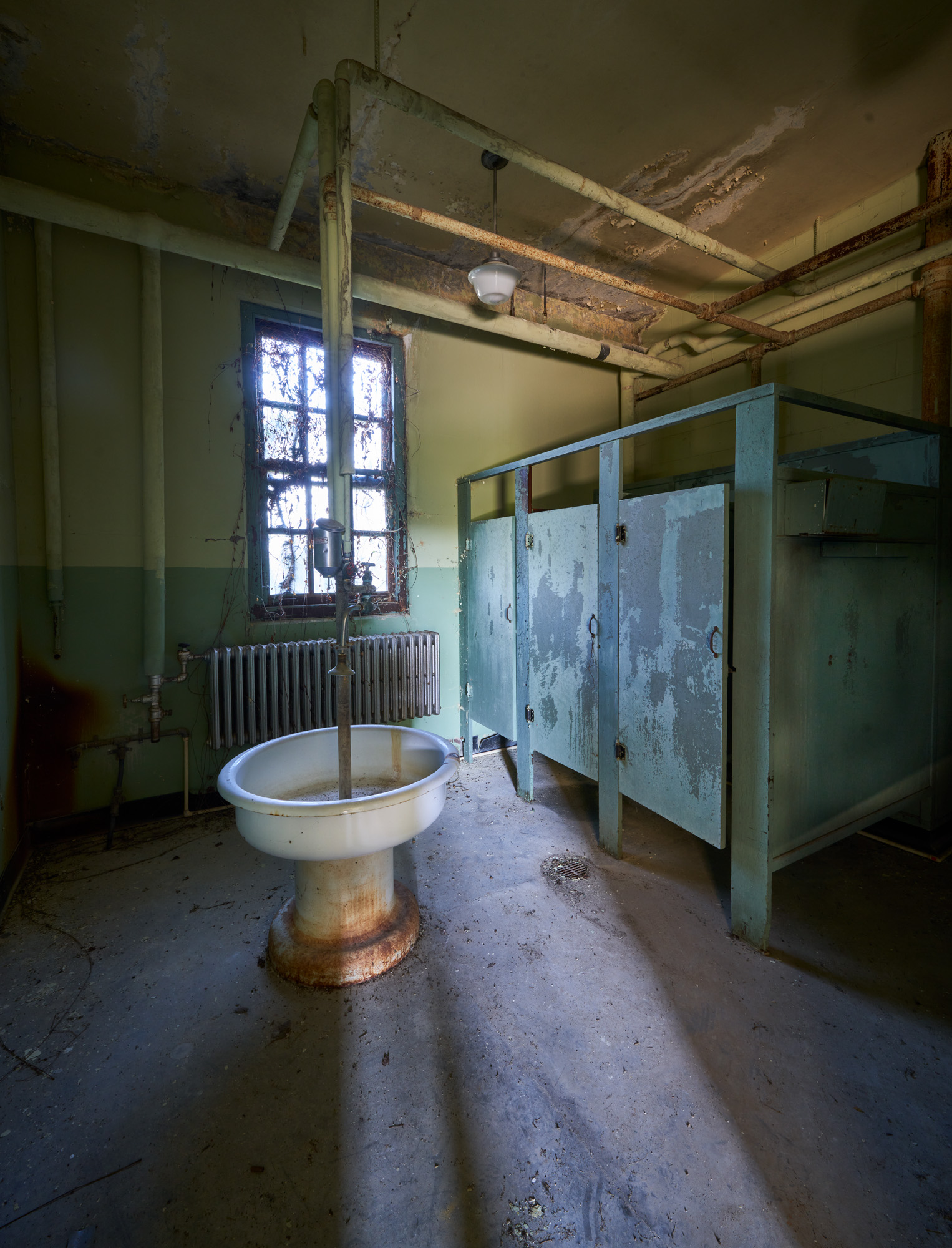
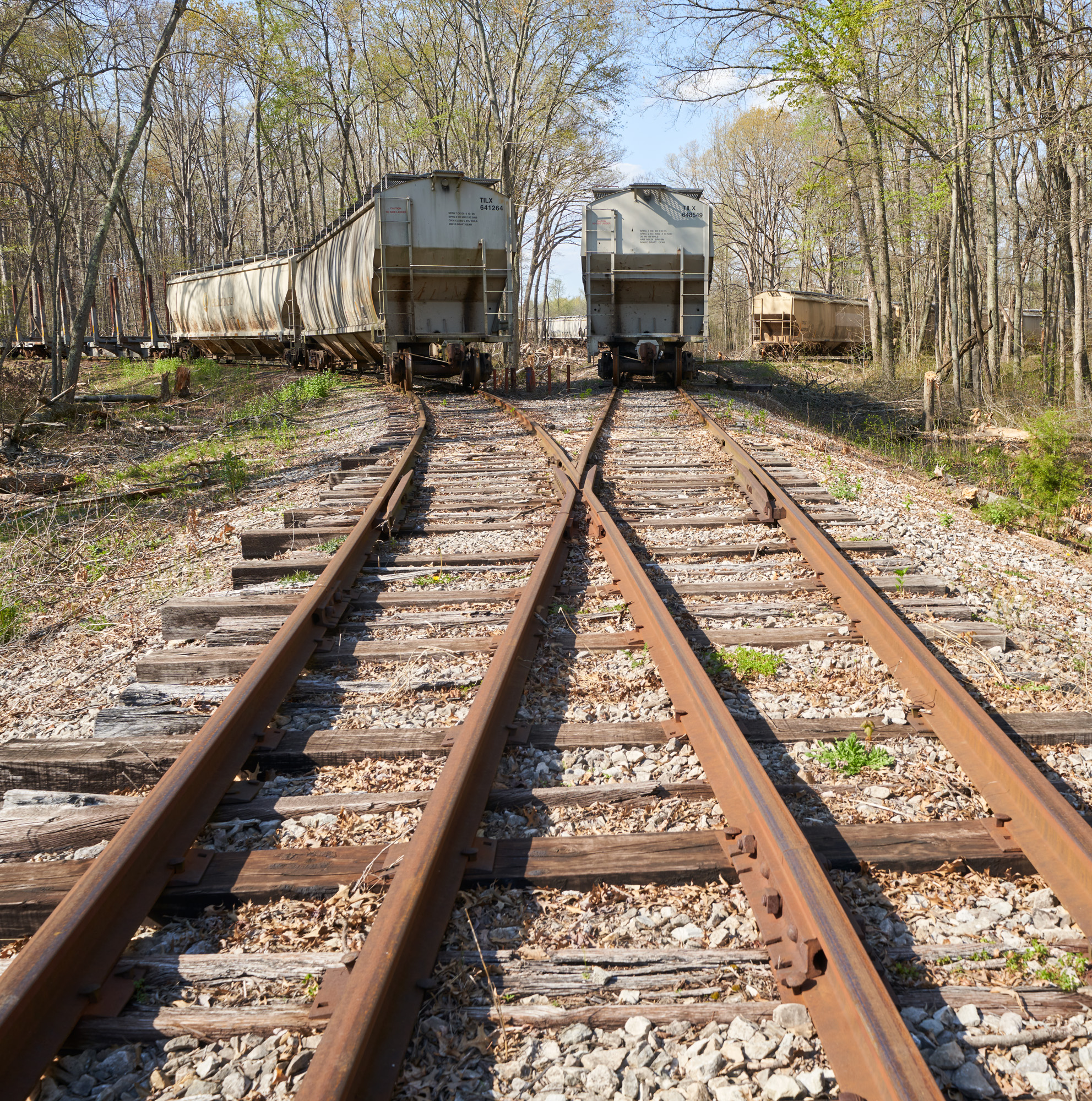
We Ran Out Of Light
We photographed until 6:30 p.m. and then because we were running out of light, decided to scope out the rest of the base. We did this so we could come back and see what else we could photograph on our next visit. There is a wealth possibility so count on us revisiting this location.
We then headed out and found a steakhouse, and over beers and a steak talked photography and life. It was a great fun day of photography. Thanks, Al for being a great photographing partner.
I always offer an open invitation to all my readers: if you are in town, do let me know (advance notice is appreciated). If we can find a way to get together we can meet at the studio or even go out for a day of photography.
I hope you enjoyed reading this as much as I did making these images.
Al Da Valle’s Experience
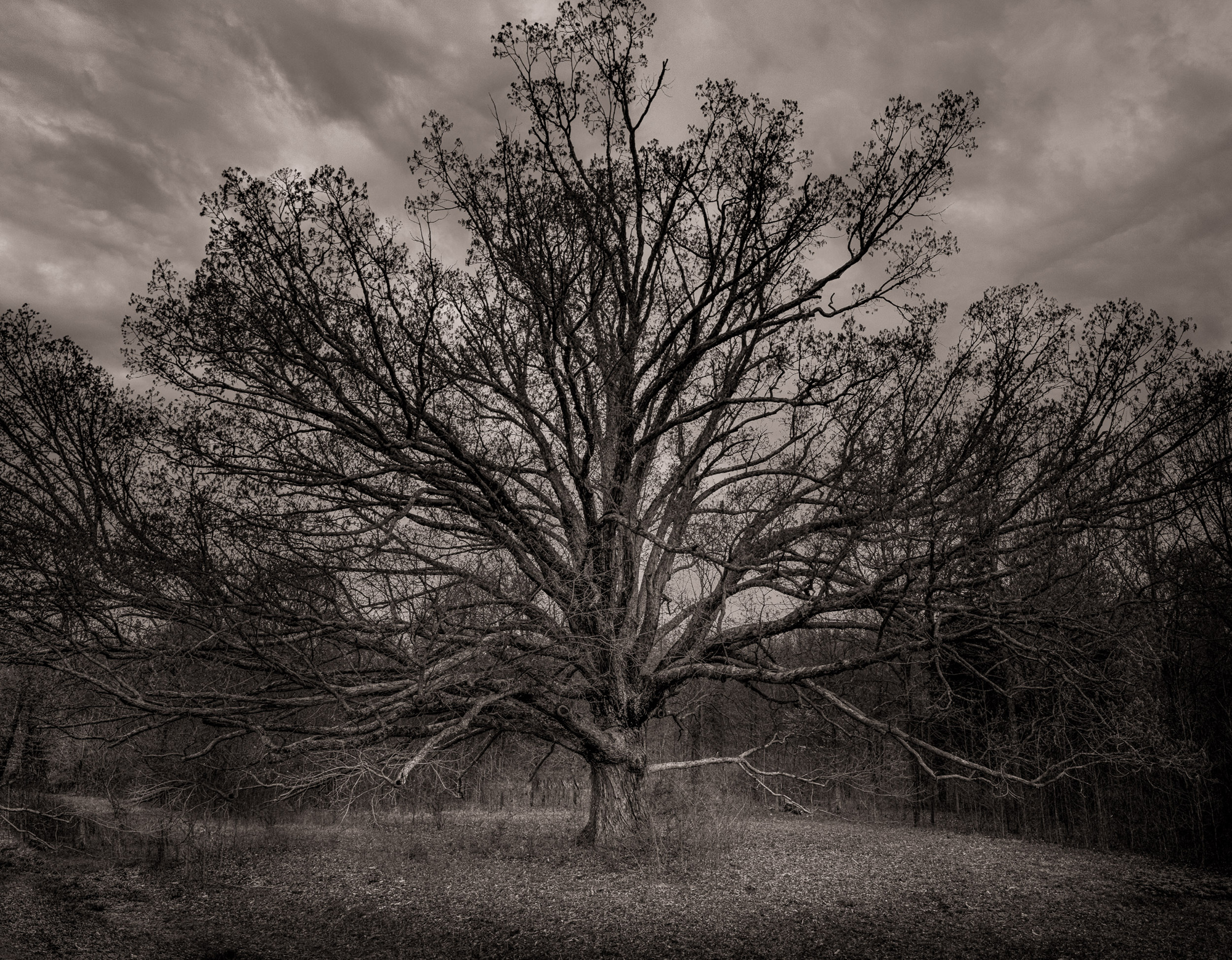
I suspect my brother-in-law, Tom, may have discovered the world’s largest (if not the largest) chinquapin oaks (Quercus muehlenbergii). An avid hunter, Tom was hunting a few years ago when he discovered a tree so exciting and exceptional that he sent me a picture from his phone immediately. Tom knows how much I love and admire trees and he knew I would be very interested and just as excited as he. Finally, last weekend, I was visiting Tom at his home in Indianapolis and we decided to take a road trip so I could see this massive beauty for myself. While there I could attempt a proper photograph, a portrait really, of the tree. The oak is located just inside the Big Oaks Wildlife Refuge in Southern Indiana, about 20 miles north of Madison, IN, which sits along the Ohio River.
Big Oaks is a new wildlife refuge, which has been made possible by the decommissioning of the U.S. Army’s Jefferson Proving Grounds (JPG). Built-in the early 1940s and abandoned in the mid-1990s, JPG served as a testing site for the Army’s weapon development programs. The northern section of the site, about 80,000 acres, was used to explode all manner of explosives and bombs. It is this section that now forms the wildlife refuge. The southernmost section of the JPG houses roughly 100 buildings of various sizes and conditions.
Visit Al’s site . . . http://www.davallephotography.com
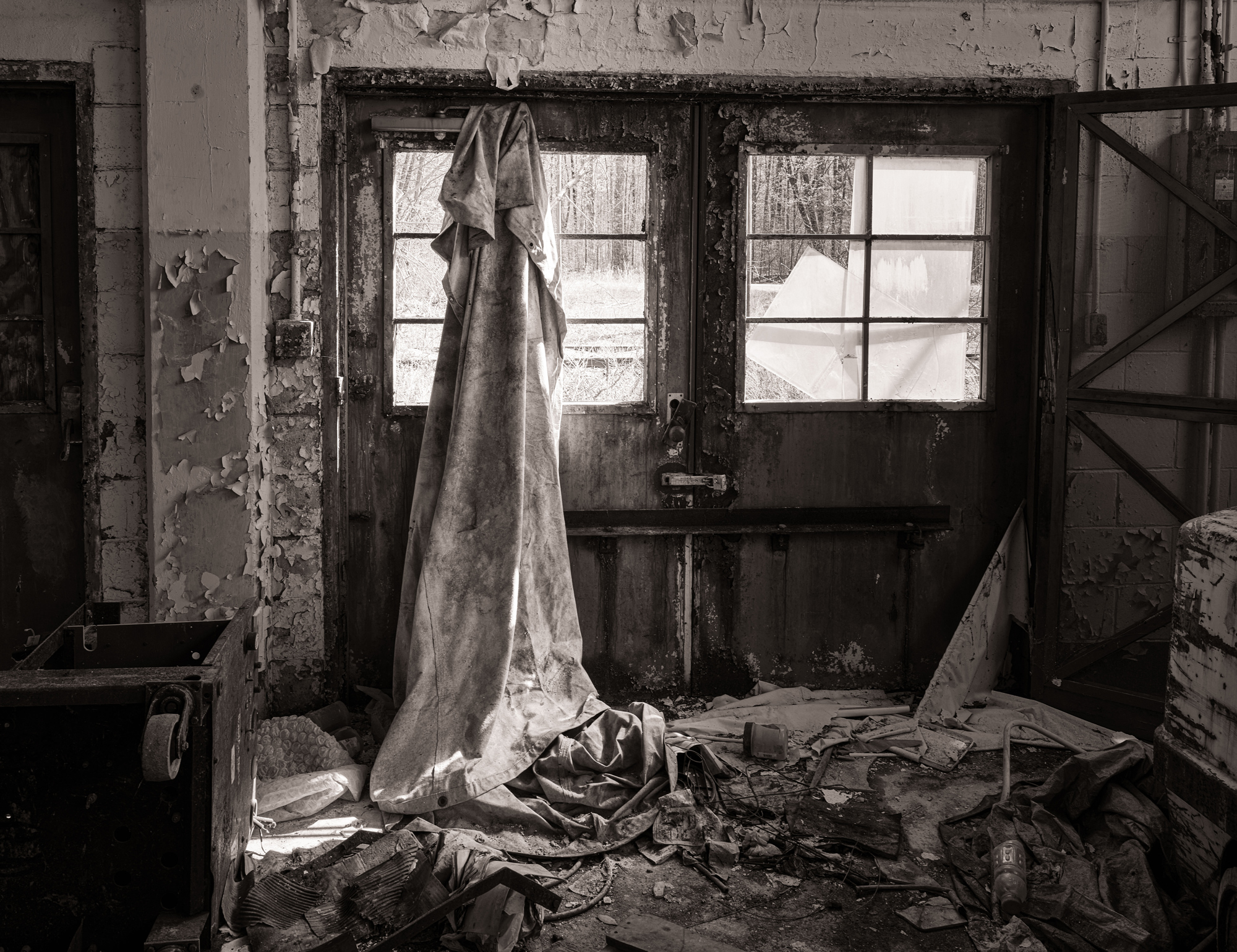
Upon arriving, Tom and I were dismayed to discover that the great oak was behind a tall chain-link fence with a locked gate. The refuge remained closed for the season. We were able to get within 50 feet of the beast but the tall fence threatened to obstruct our view, making it very difficult to make a proper “portrait”.
The tree is huge indeed. I paced off the diameter of its canopy at 45 steps. I am 6 feet 5 inches tall and my average pace is greater than 3 feet. This makes the tree‘s canopy well over 130 feet in diameter. And it is nearly as tall as it is wide. I went online to discover that this would make this tree one of the largest, if not the largest, chinquapin oak known to exist in the world. Even better, the tree appears to be incredibly healthy, with very little deadwood or signs of stress. The canopy is full and healthy.
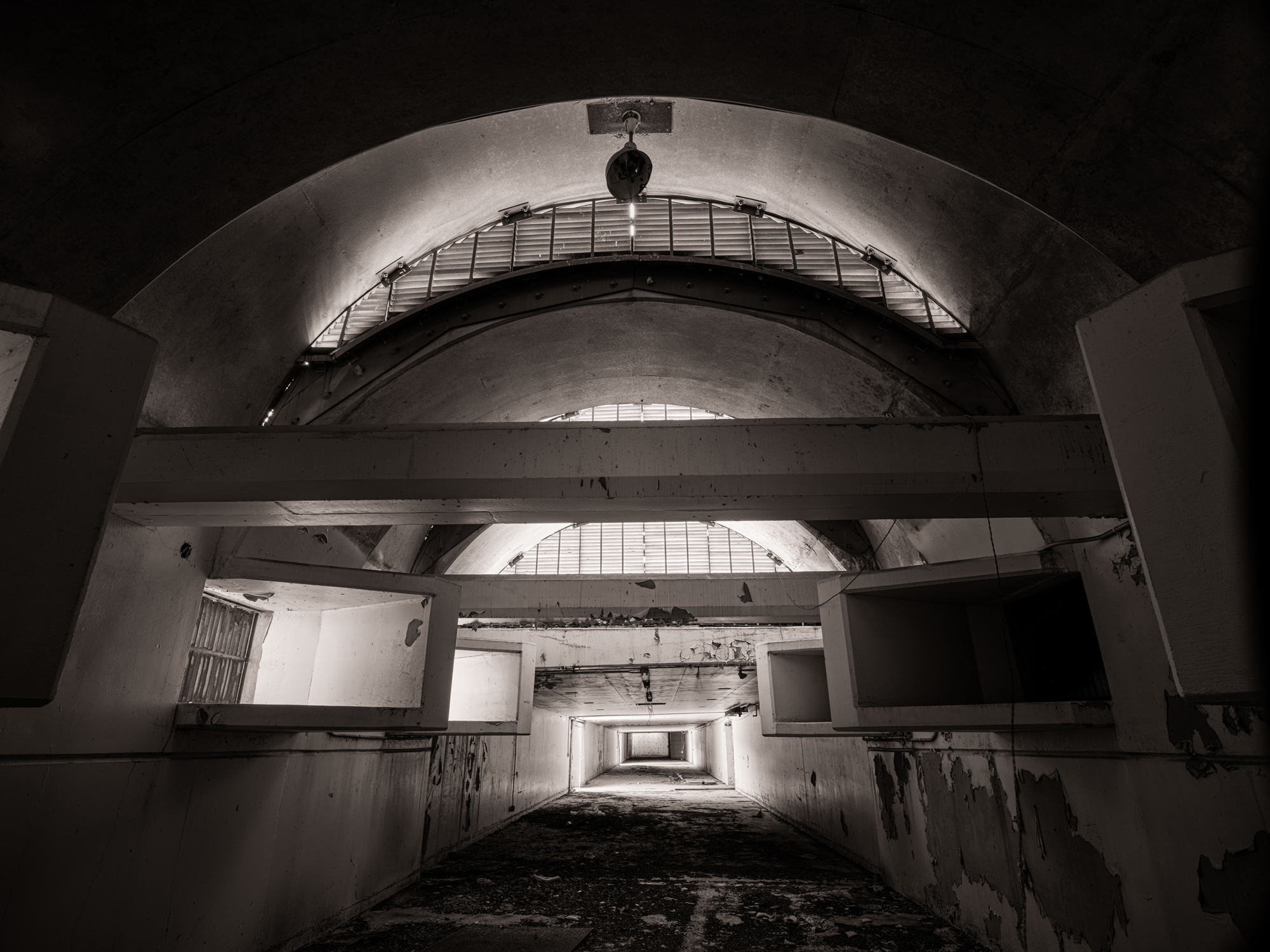
In spite of the challenges, I was very excited to attempt to make a portrait of the beautiful tree. I was especially excited because this would be the first serious image made with my brand–new Fuji GFX 100 system. (Roberts Camera) Framing the massive tree was a challenge. I could not step away from the tree to gain a wider perspective because that would bring the fence into view. I had to get close and shoot over the 10-foot fence. This, of course, made the field of view incredibly wide. Fortunately, I had the wonderful 32-64 zoom (Roberts Camera) and a tall tripod with me. I set the camera’s exposure, aperture, ISO, and focus manually, placed it in self-timer mode, and secured it atop my tripod. I then carefully pressed the shutter button and raised the tripod up over my head and above the tall fence that obstructed the view. After 20-30 attempts, I finally was able to make the portrait I envisioned. What a joy!
After finishing the tree portrait, Tom and I returned to my truck and began to explore the section of the JPB that housed all the buildings. That’s when we came upon a series of abandoned and severely decaying buildings that were open and free to explore. It was an incredible discovery. The buildings were old artillery shooting ranges and machine shops. The decay was incredible, without a single sign of human desecration … no graffiti, or smashed beer bottles or cans. It was the simple beauty of man’s creations returning to the earth over time.
That’s when I called Kevin.
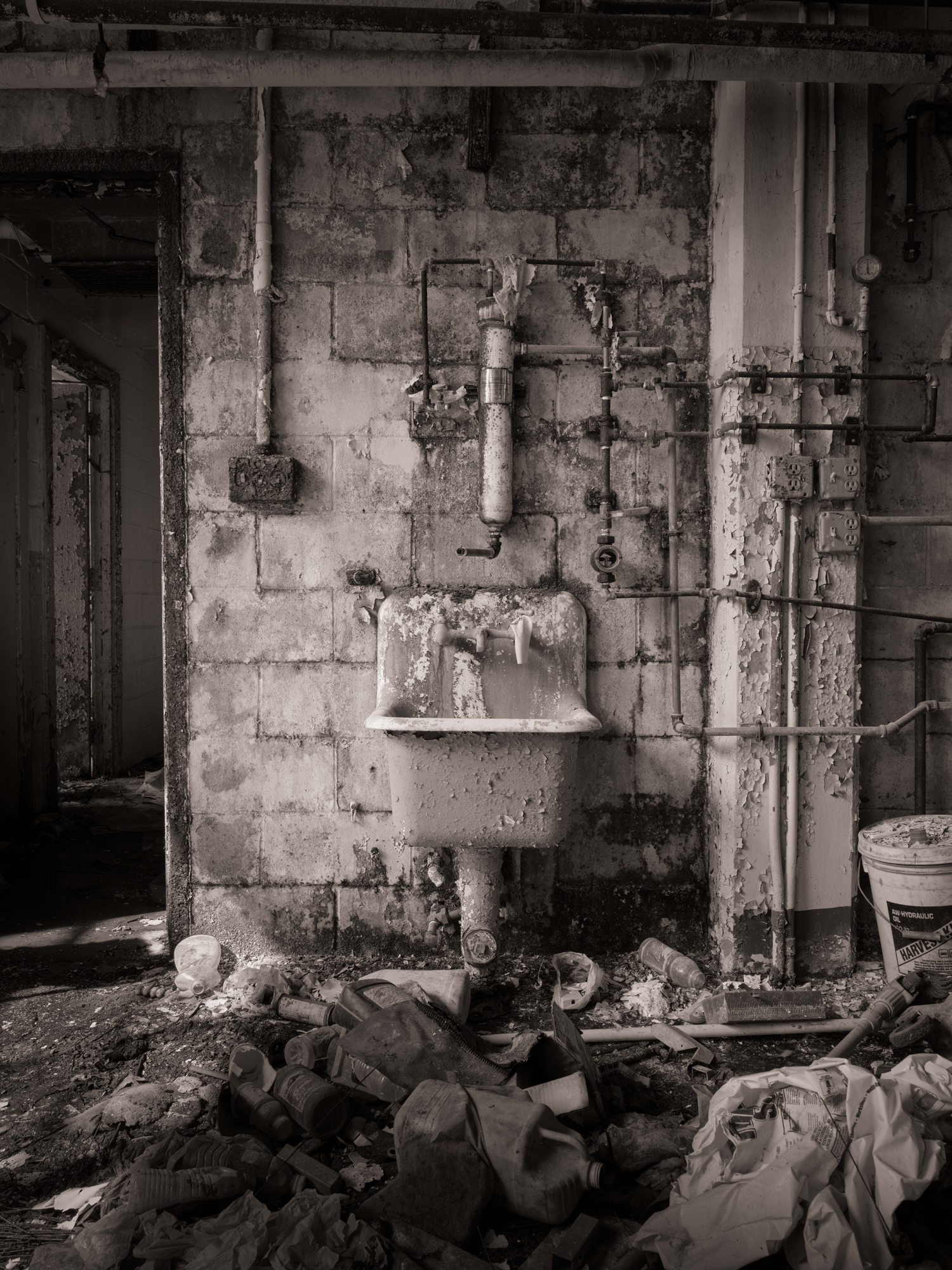

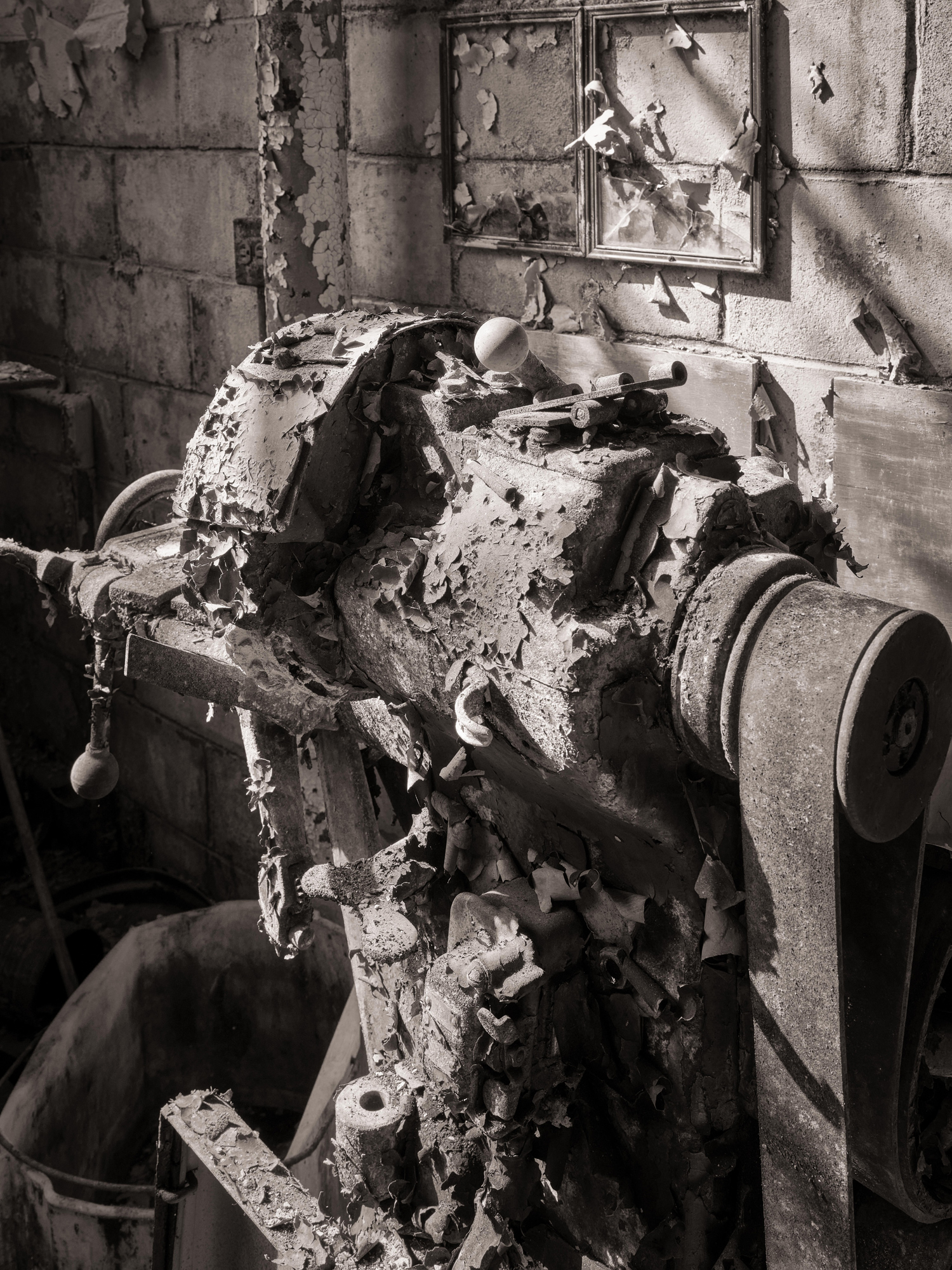


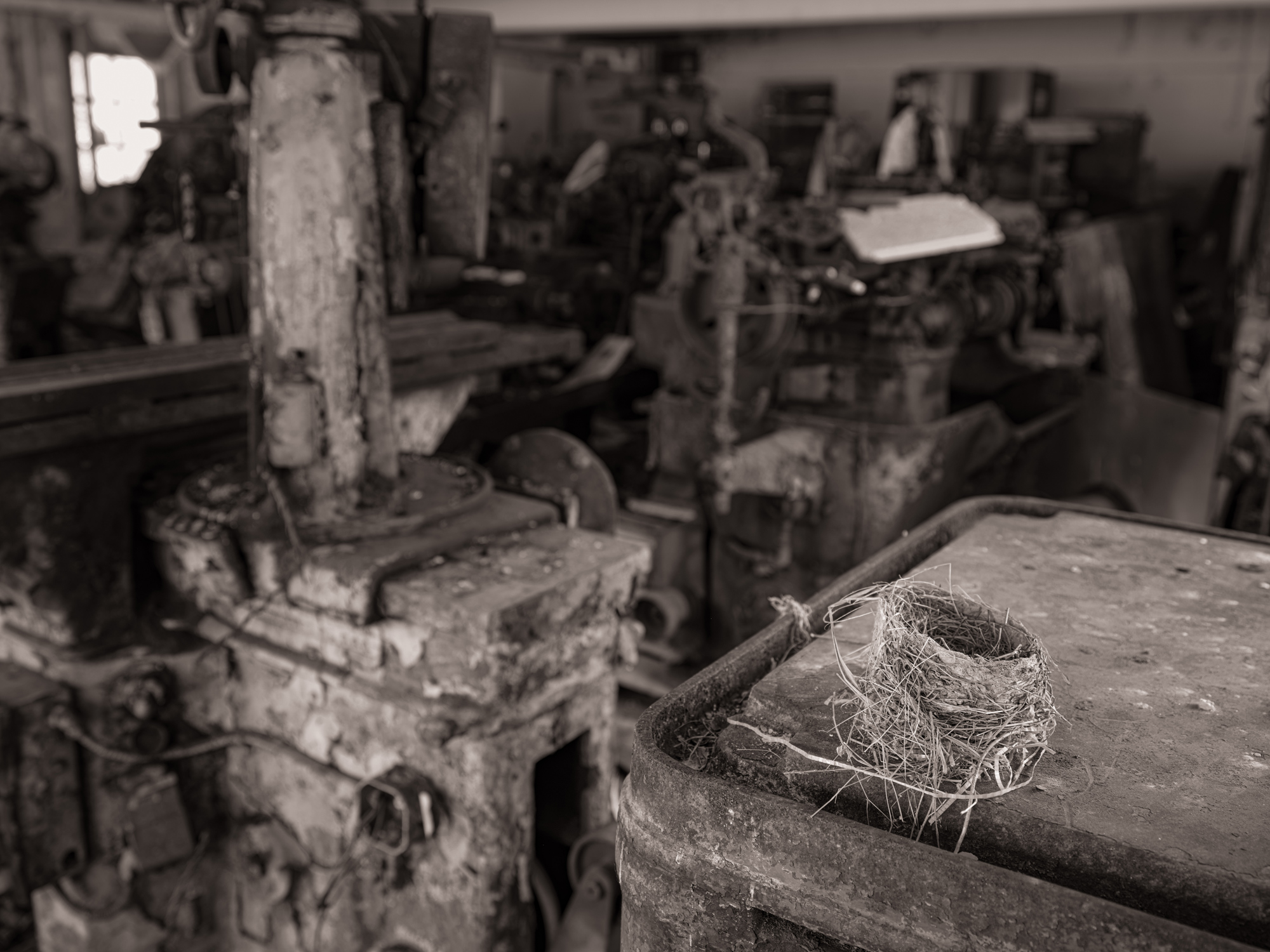
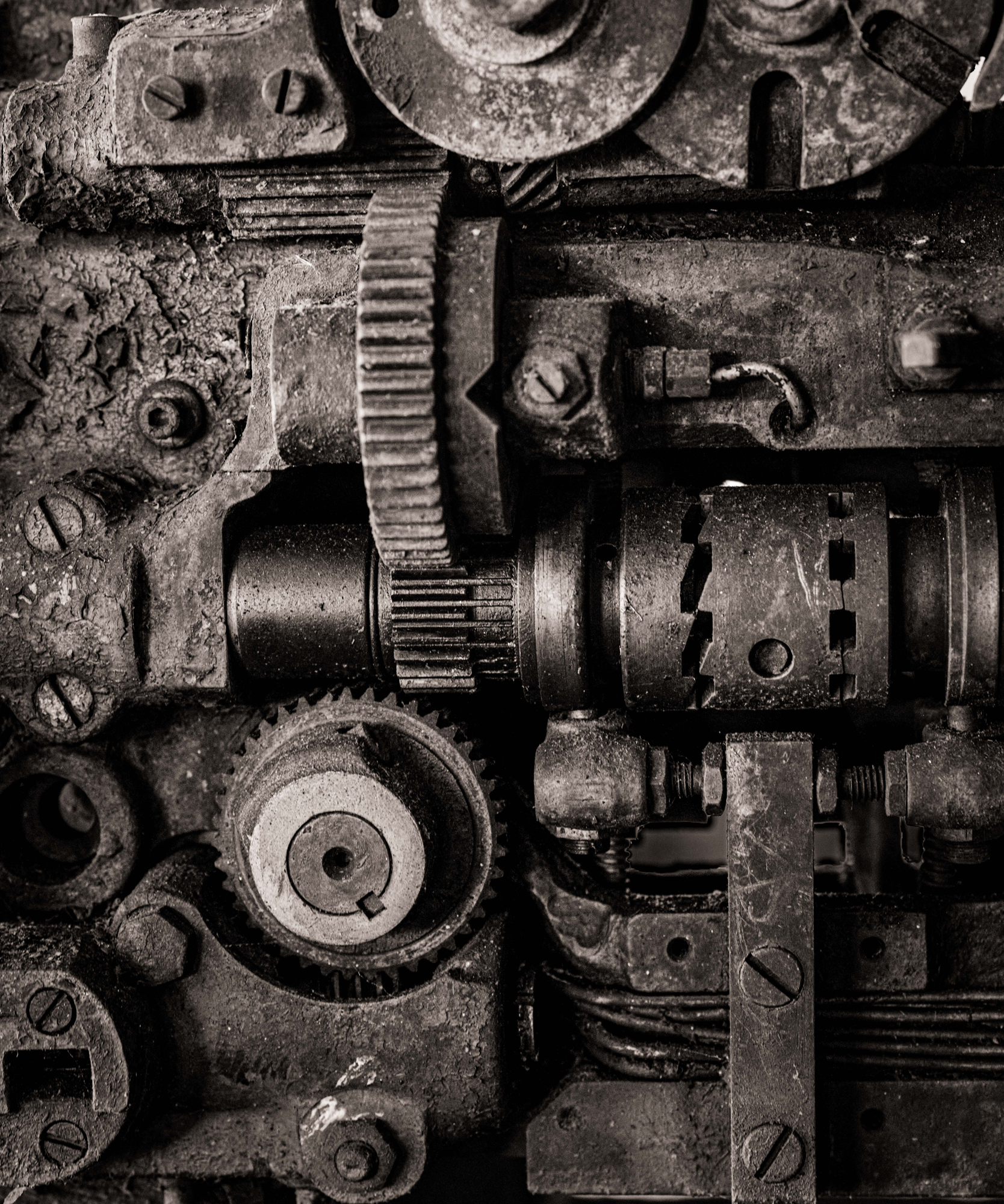
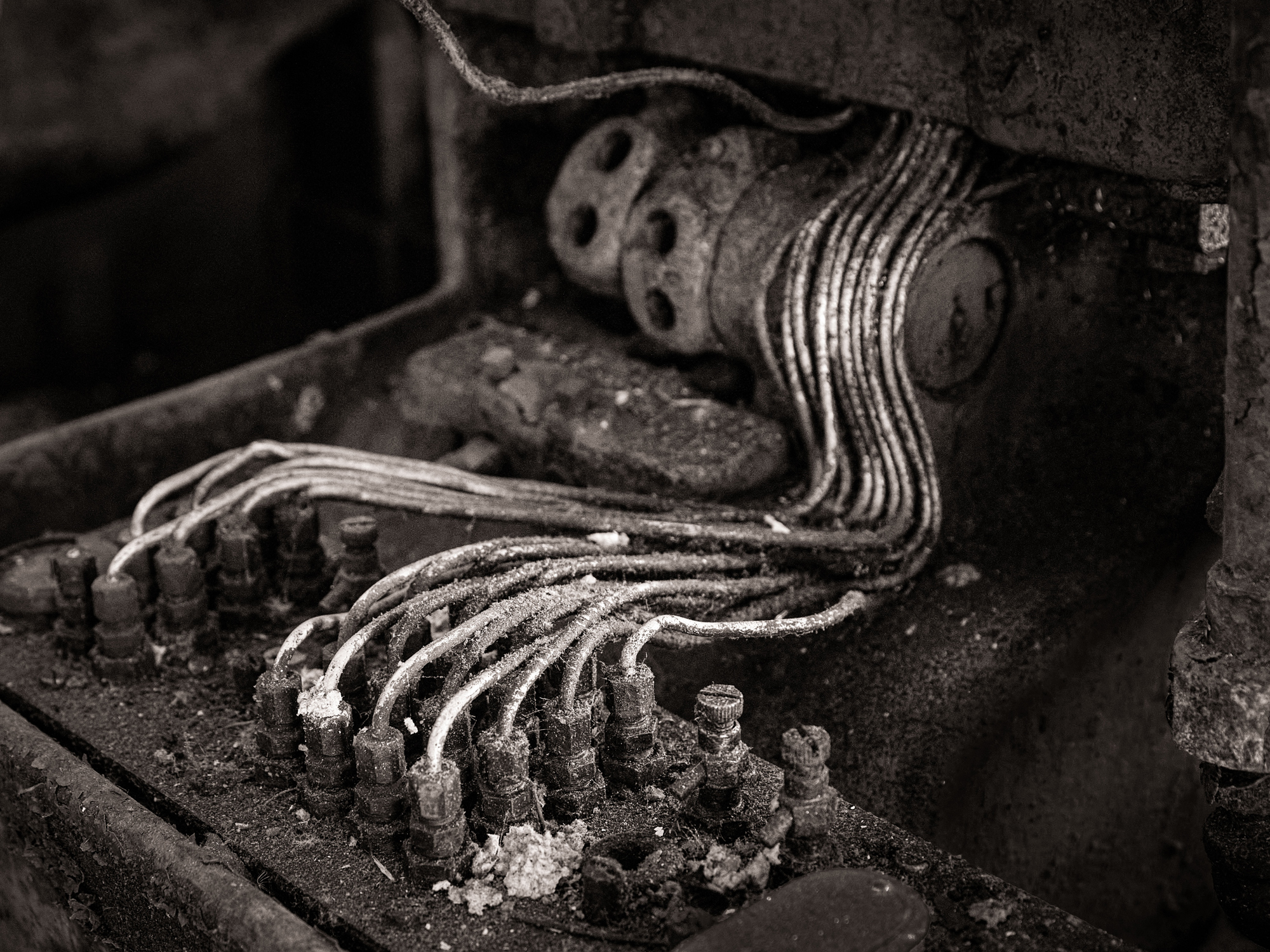
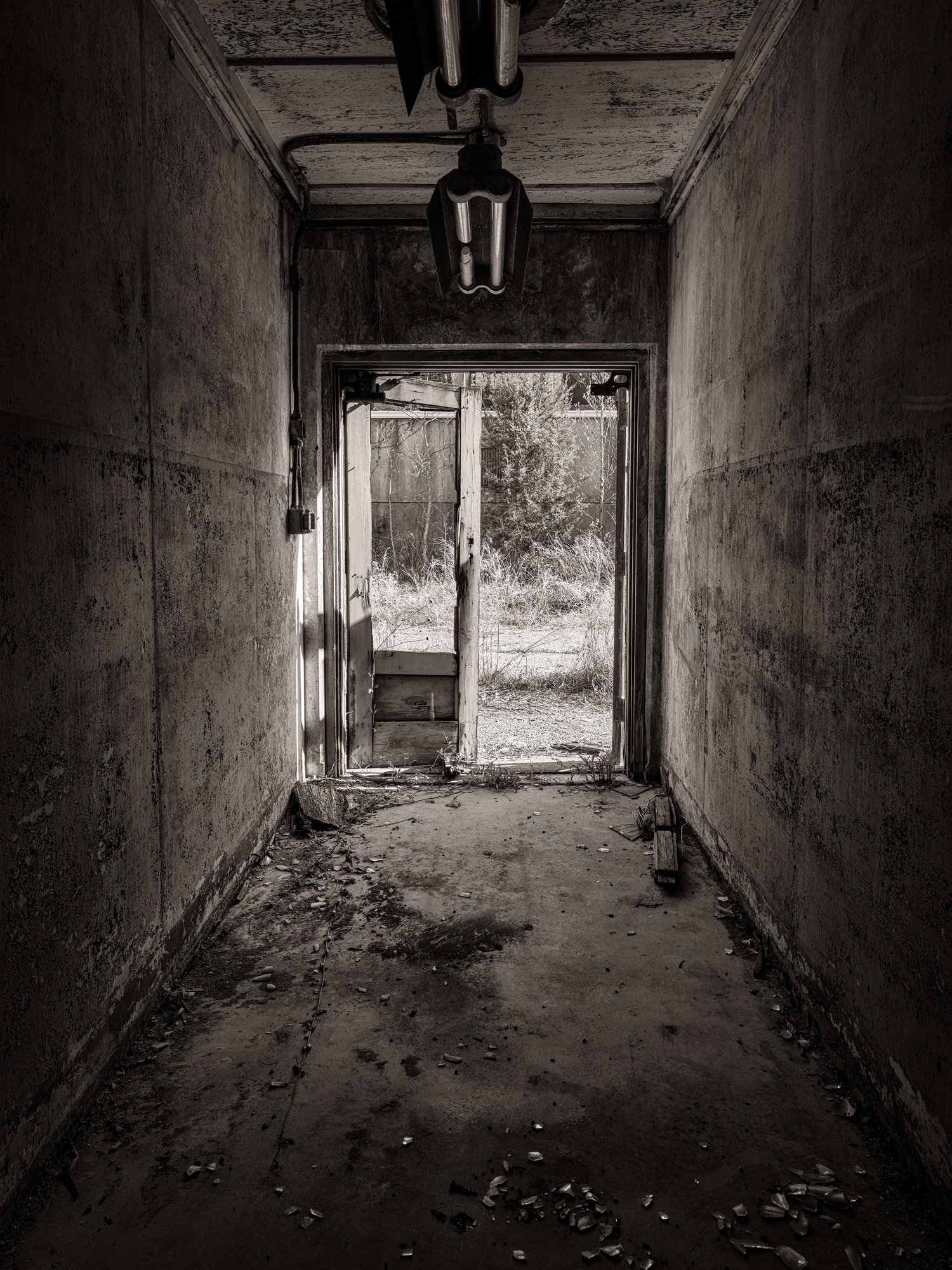
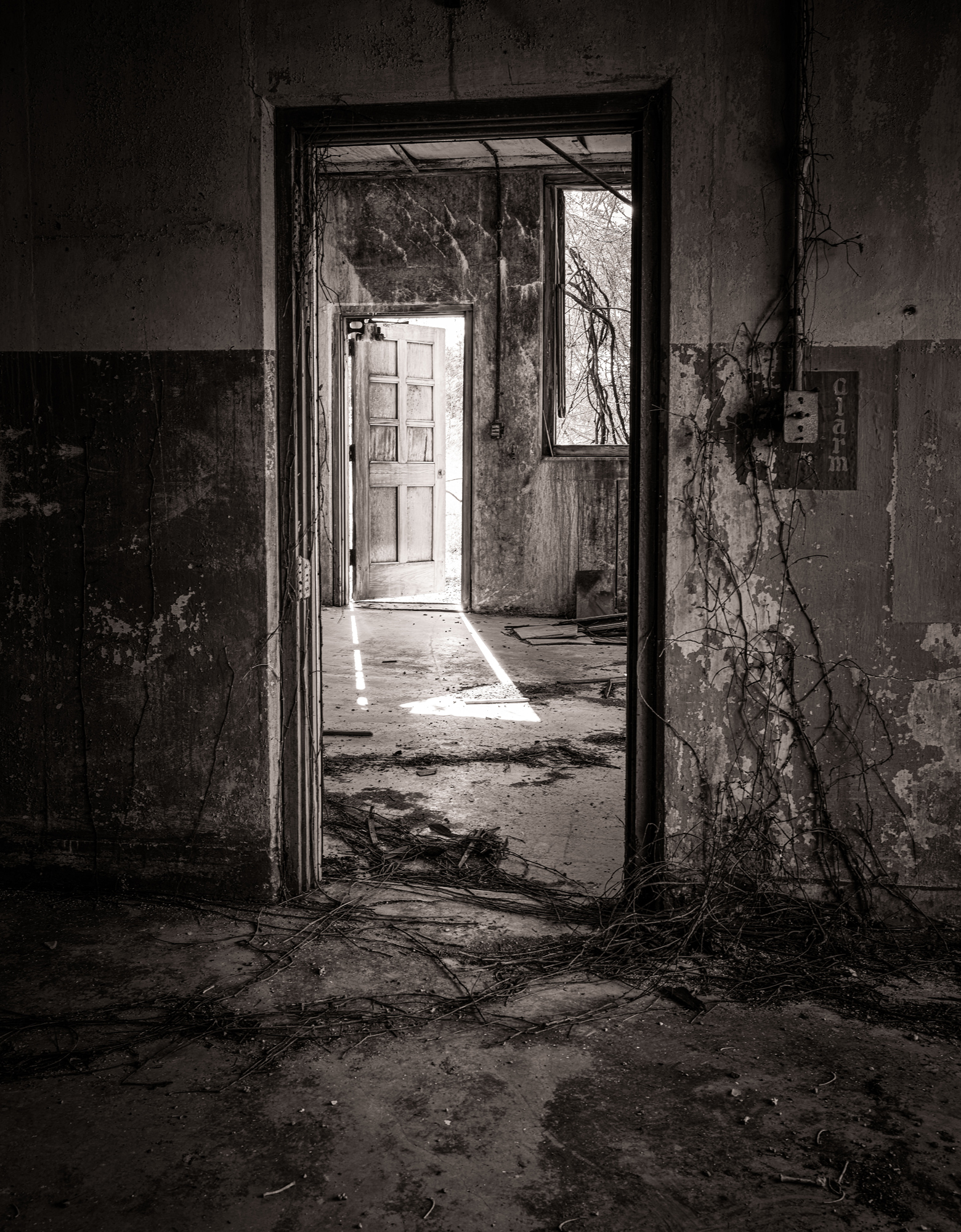
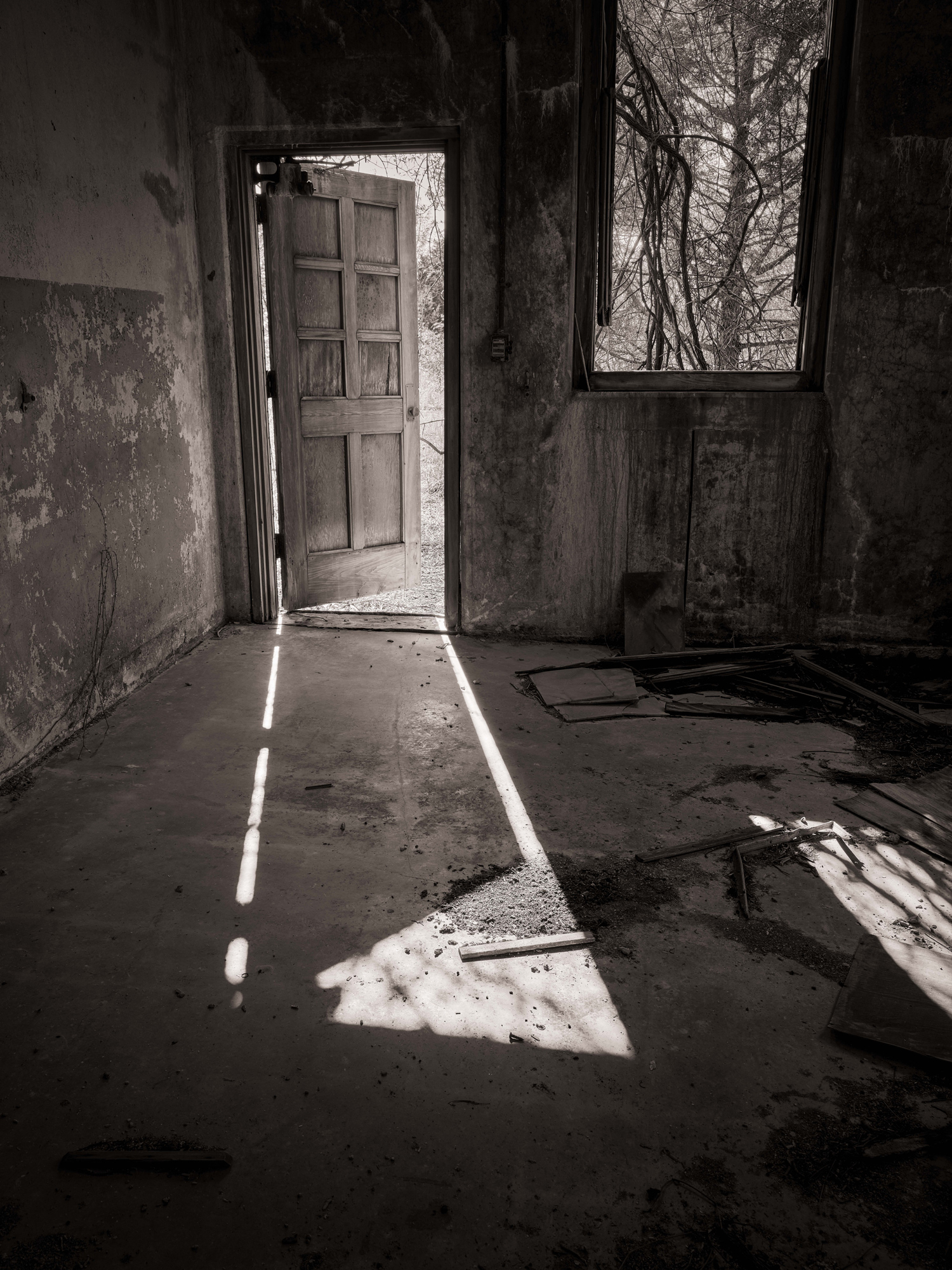

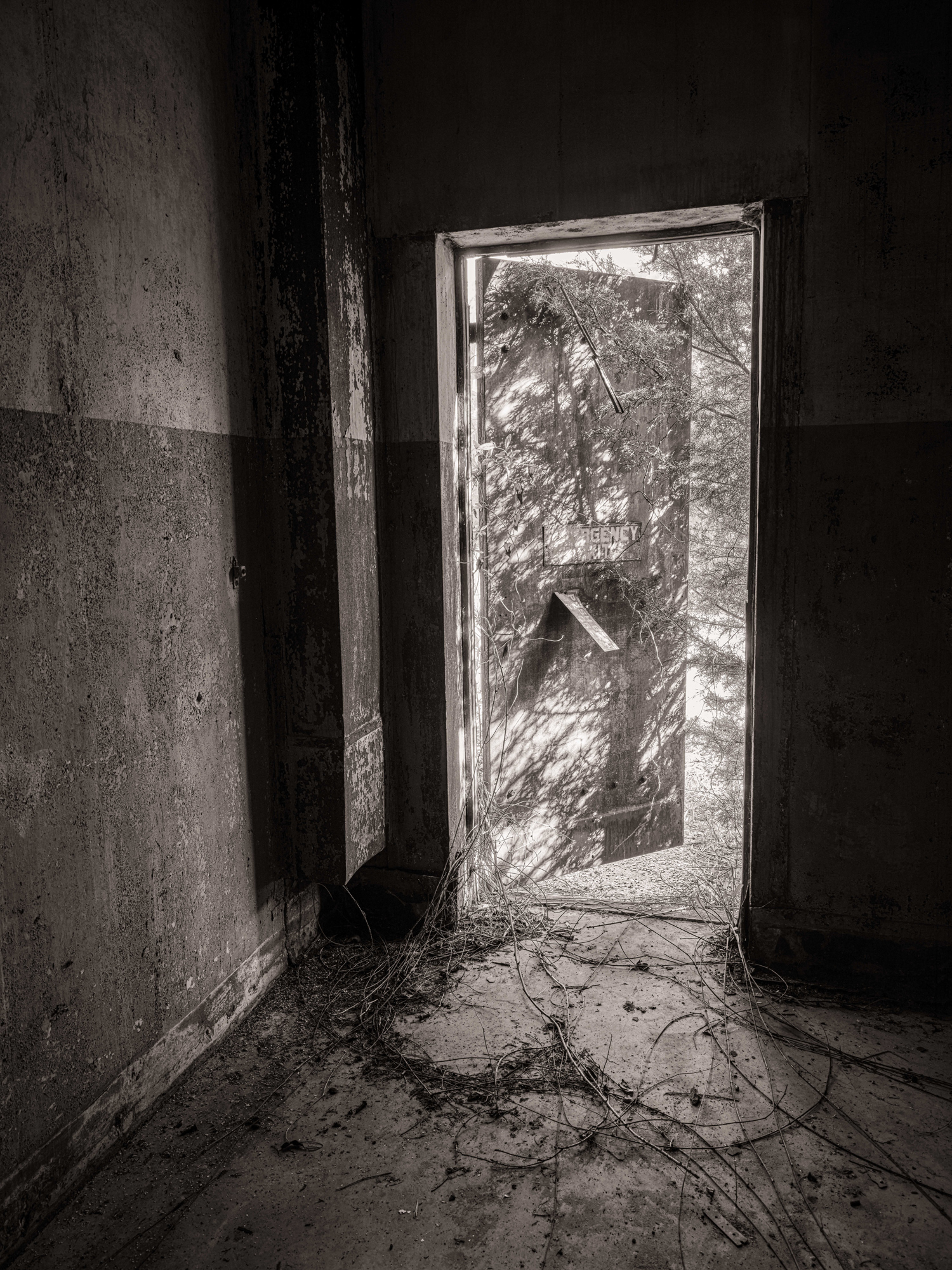
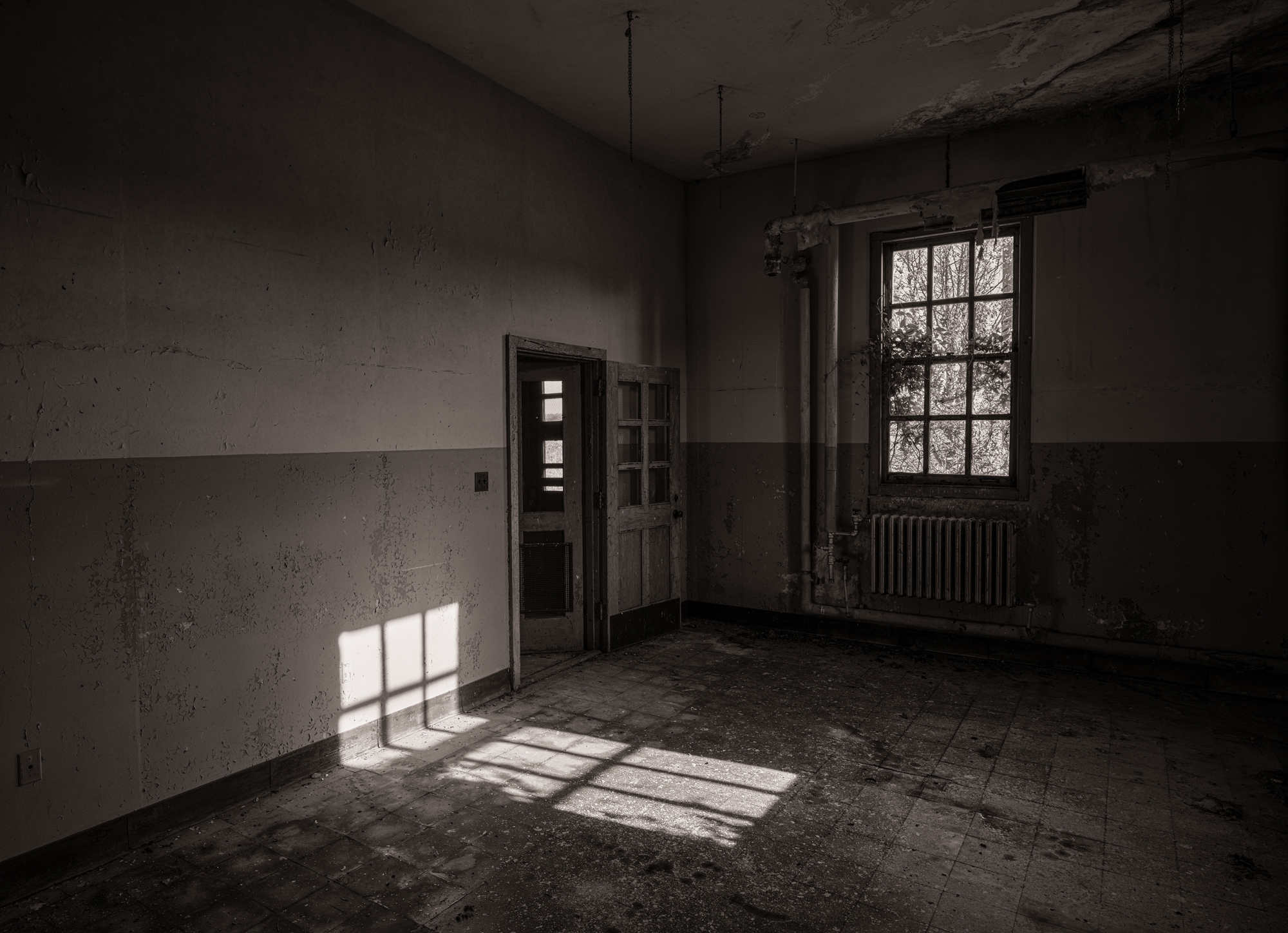
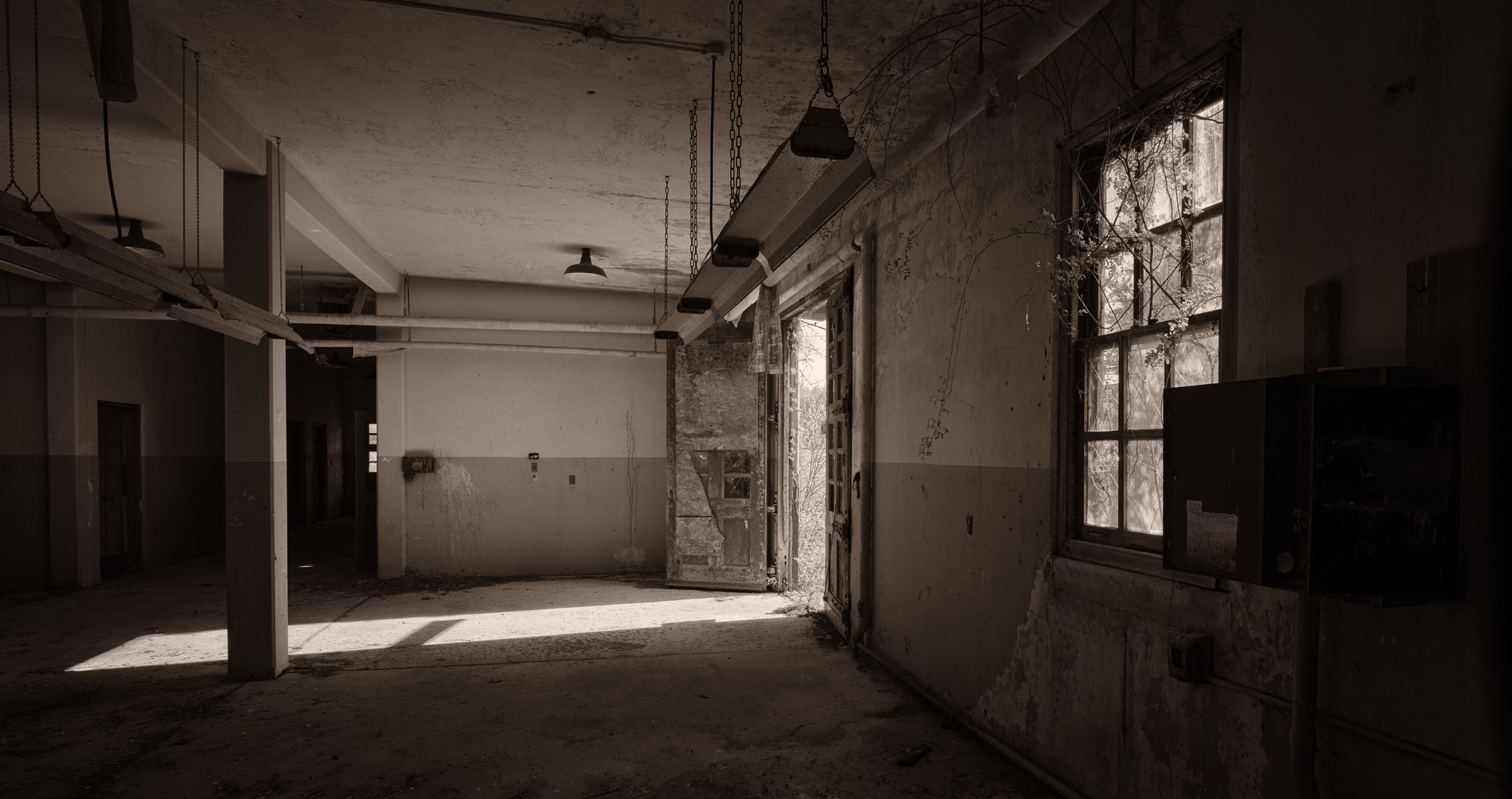






Kevin Raber
April 2021
Indianapolis, IN
Photography is my passion and has been for 50 plus years. My career in photography has allowed me to travel the world, meet some of the most interesting people on the planet and see things I could never have dreamed of. My goal is to share the passion of picture taking through photographs and teaching with as many people as I can, hoping it brings them as much joy and happiness as it has me. I do this through photoPXL.com, this site, as well as Rockhopper Workshops, and other projects, as well as teaching as Artist In Residence at the Indianapolis Art Center.







